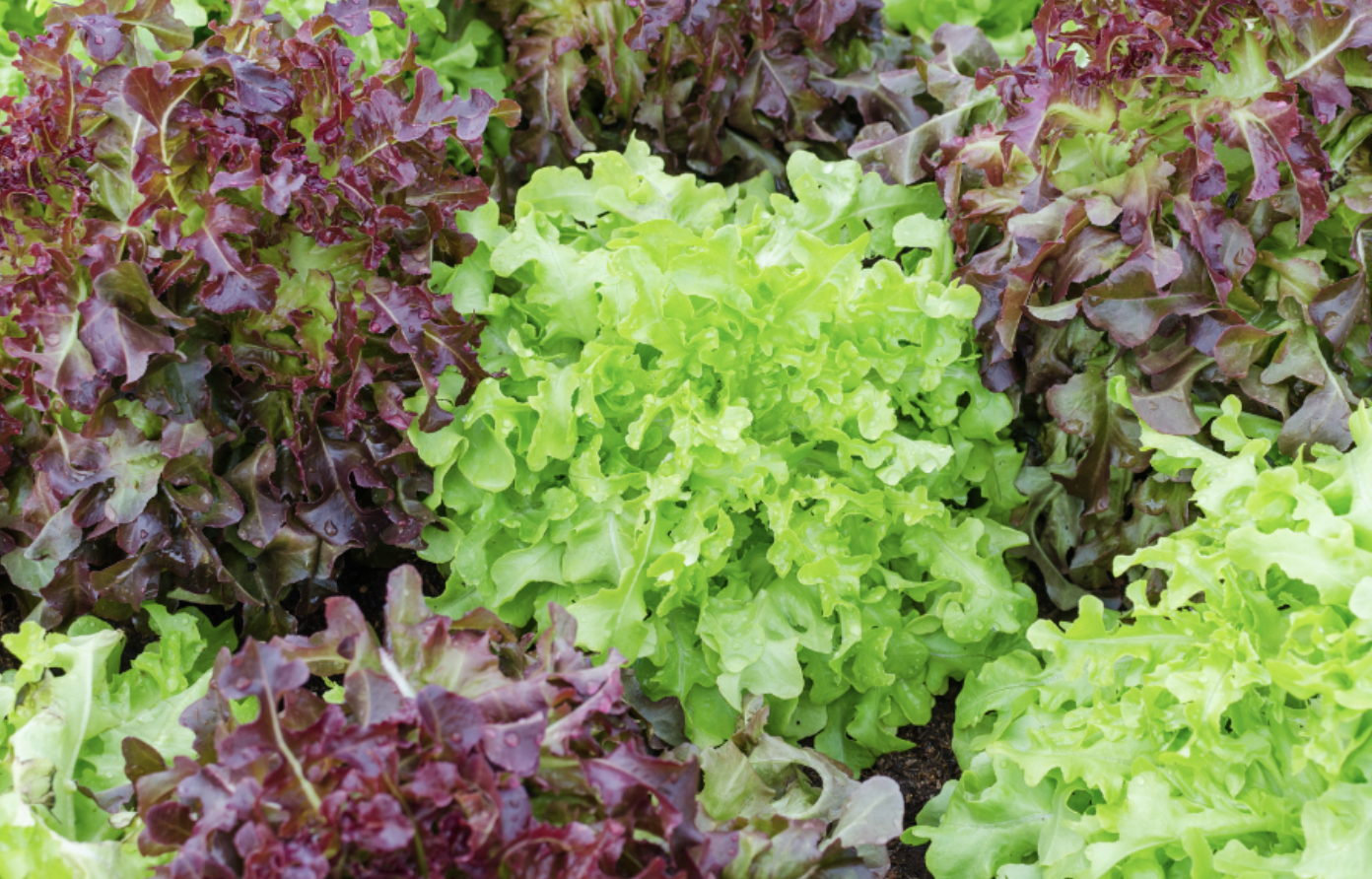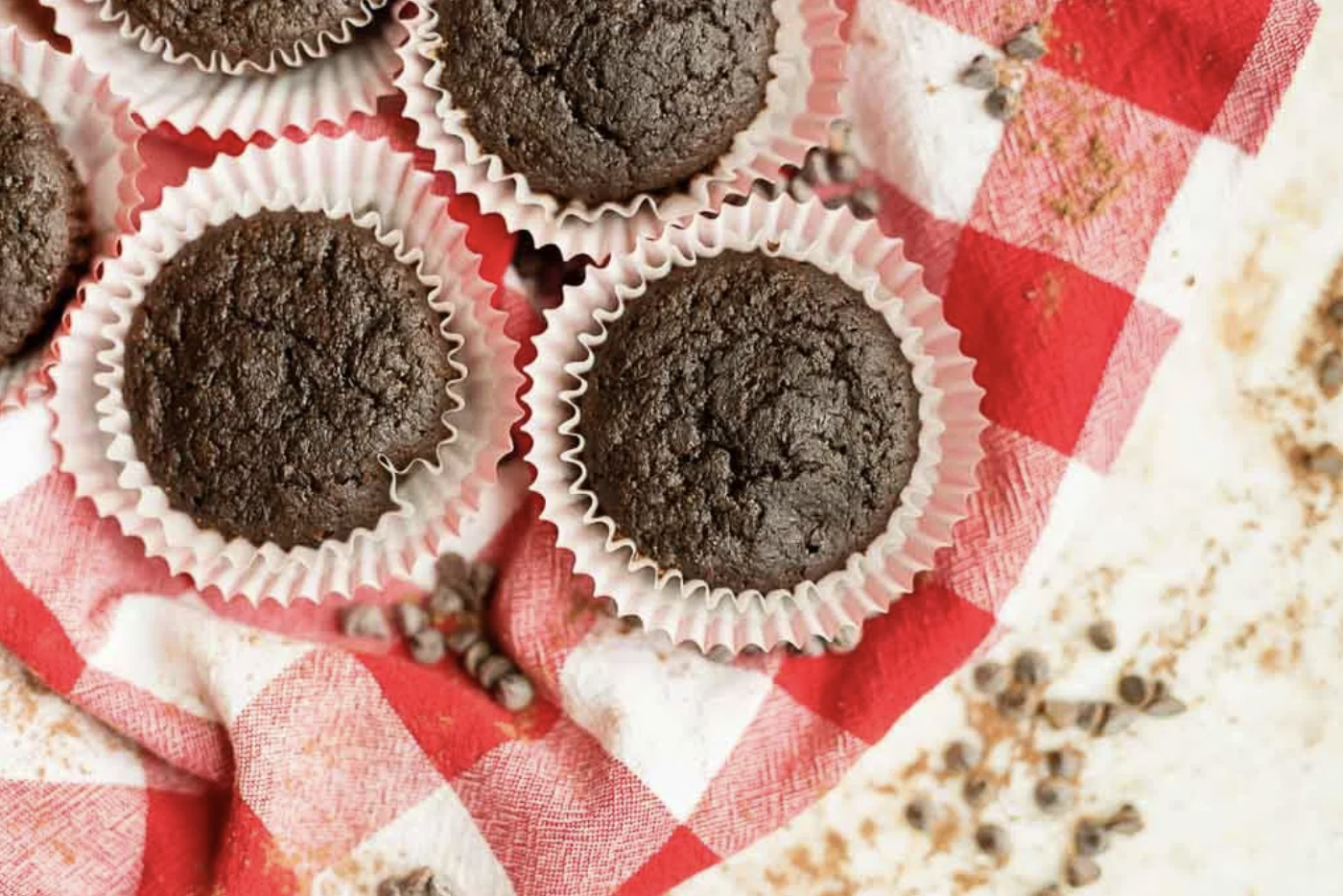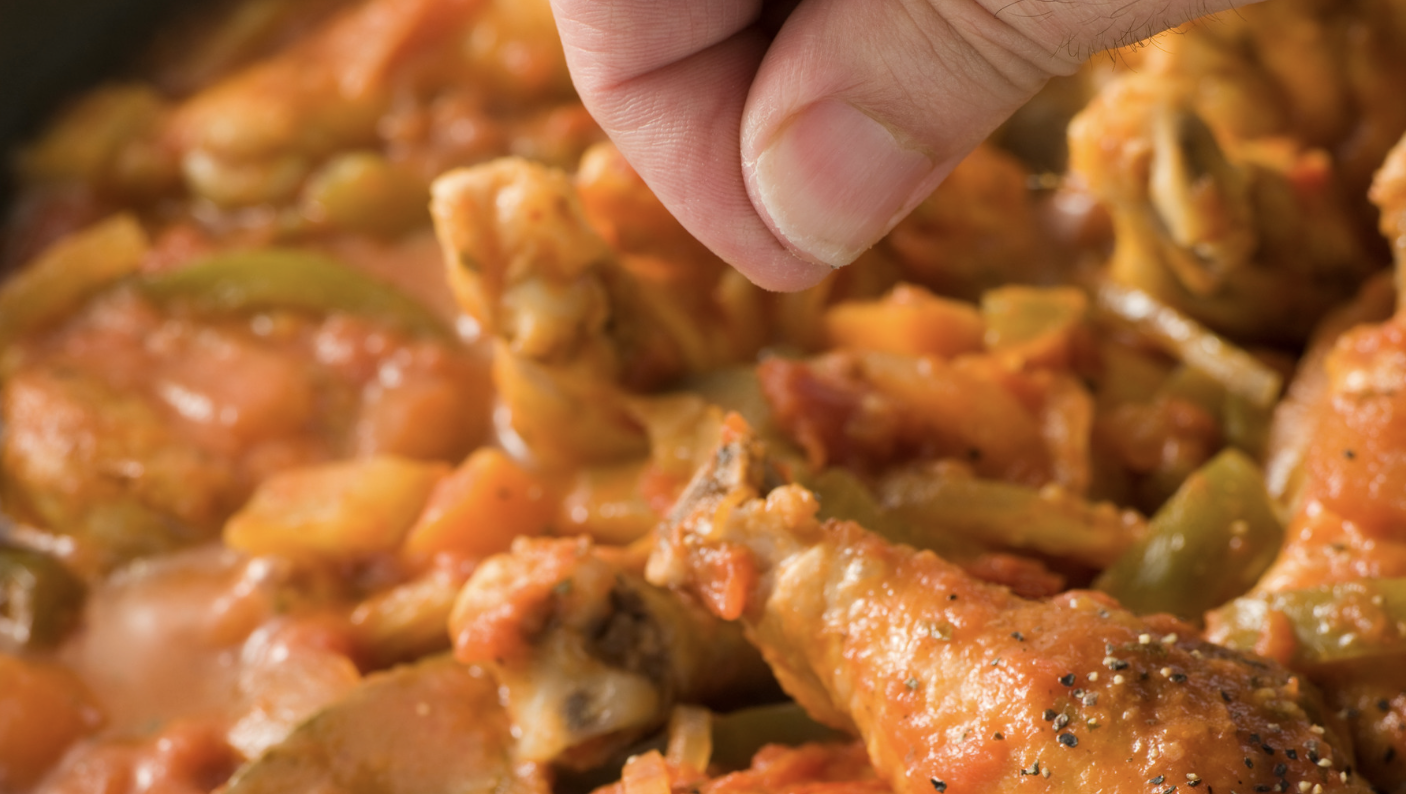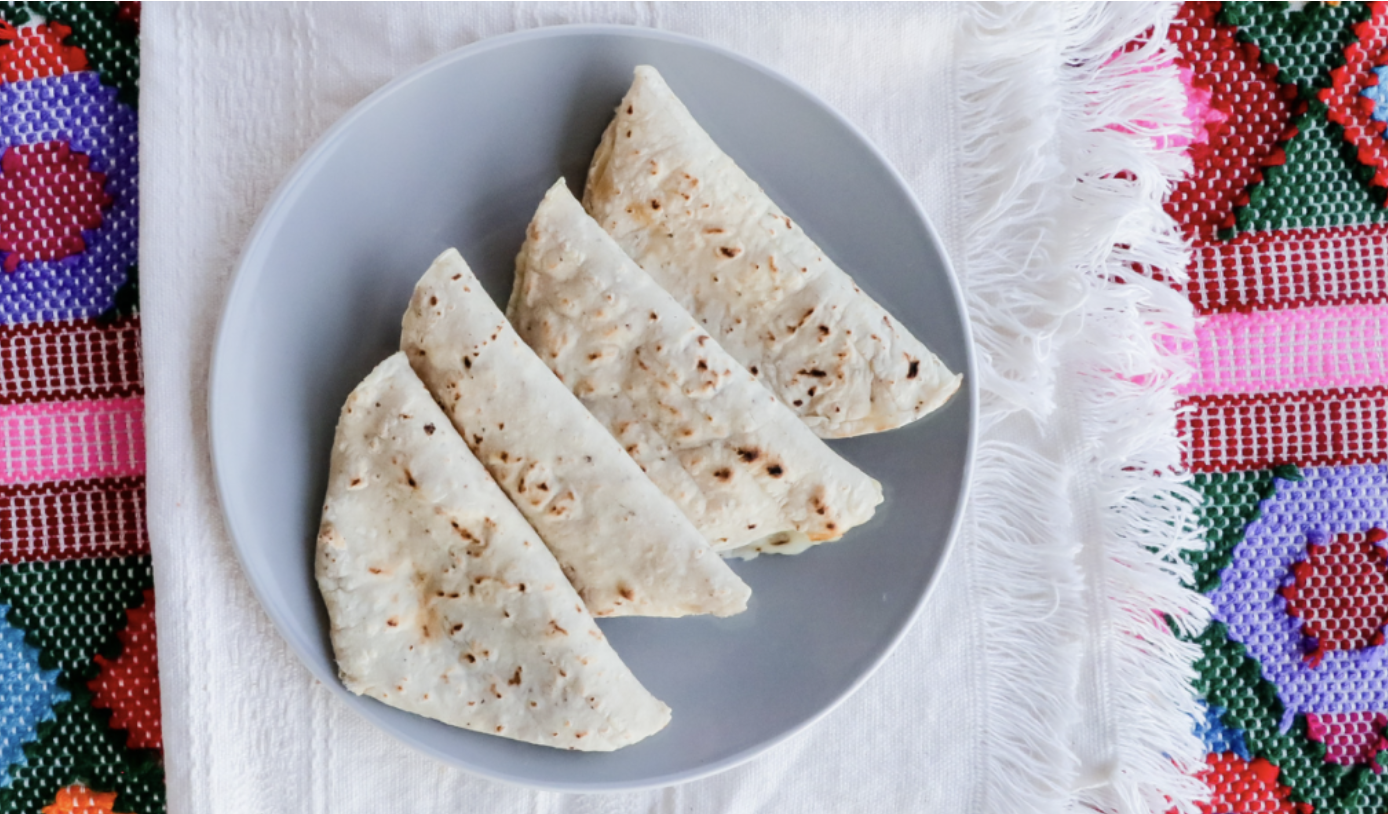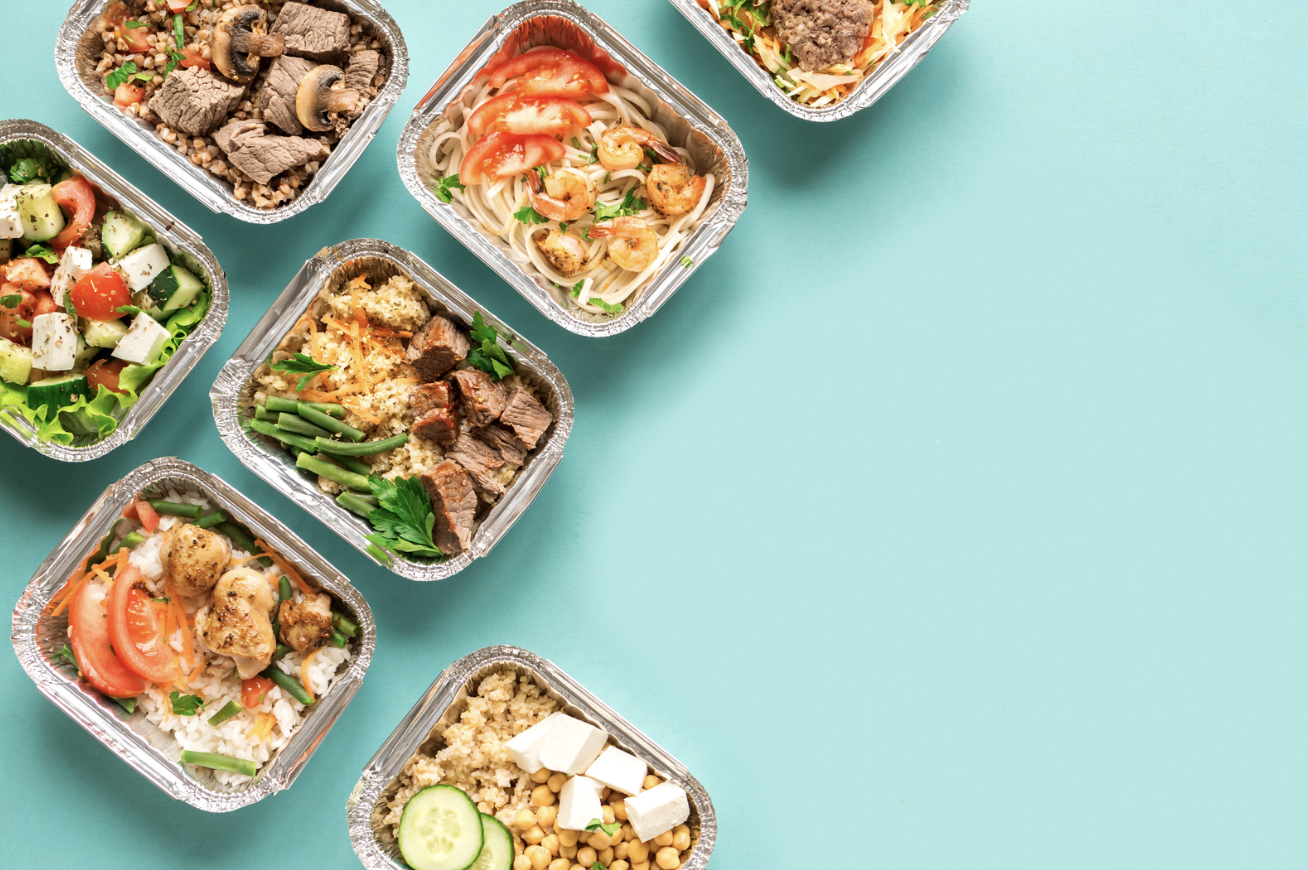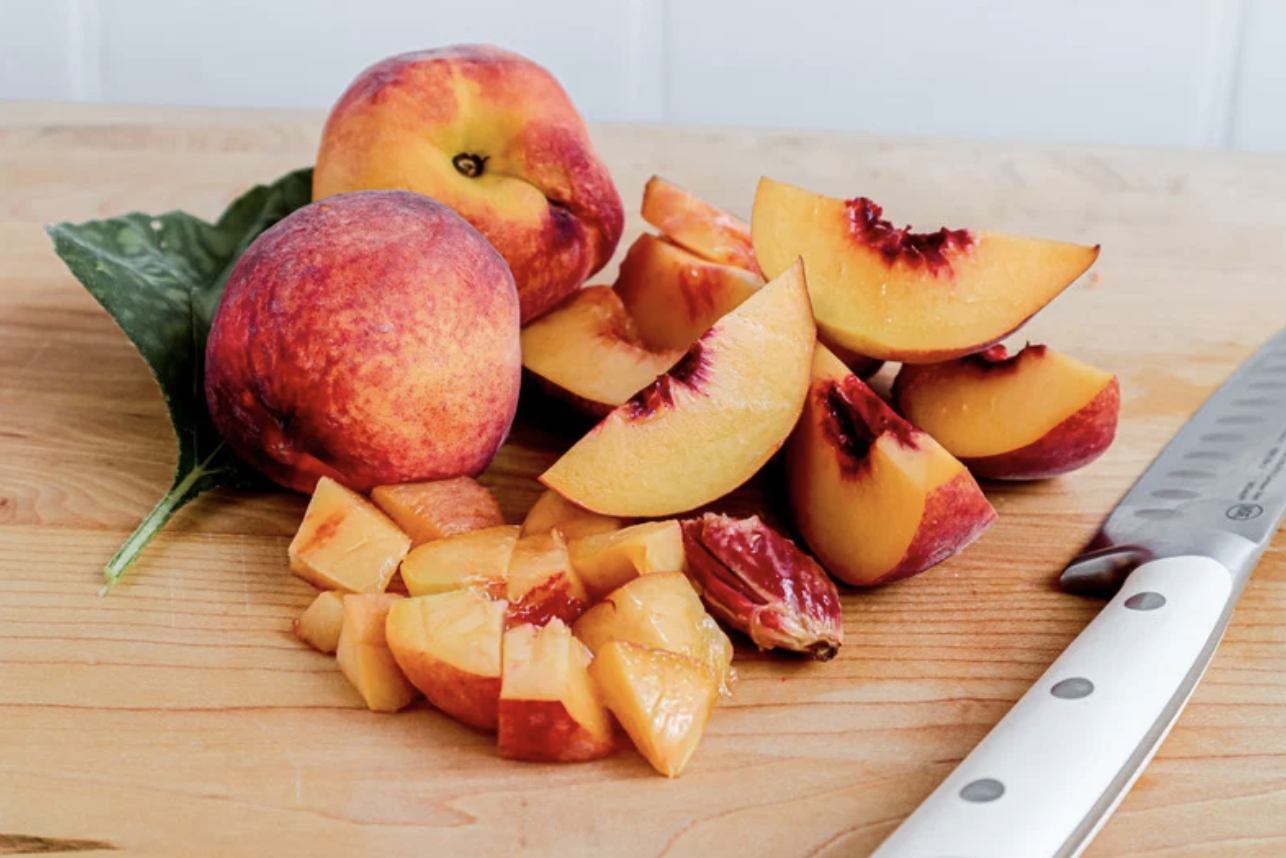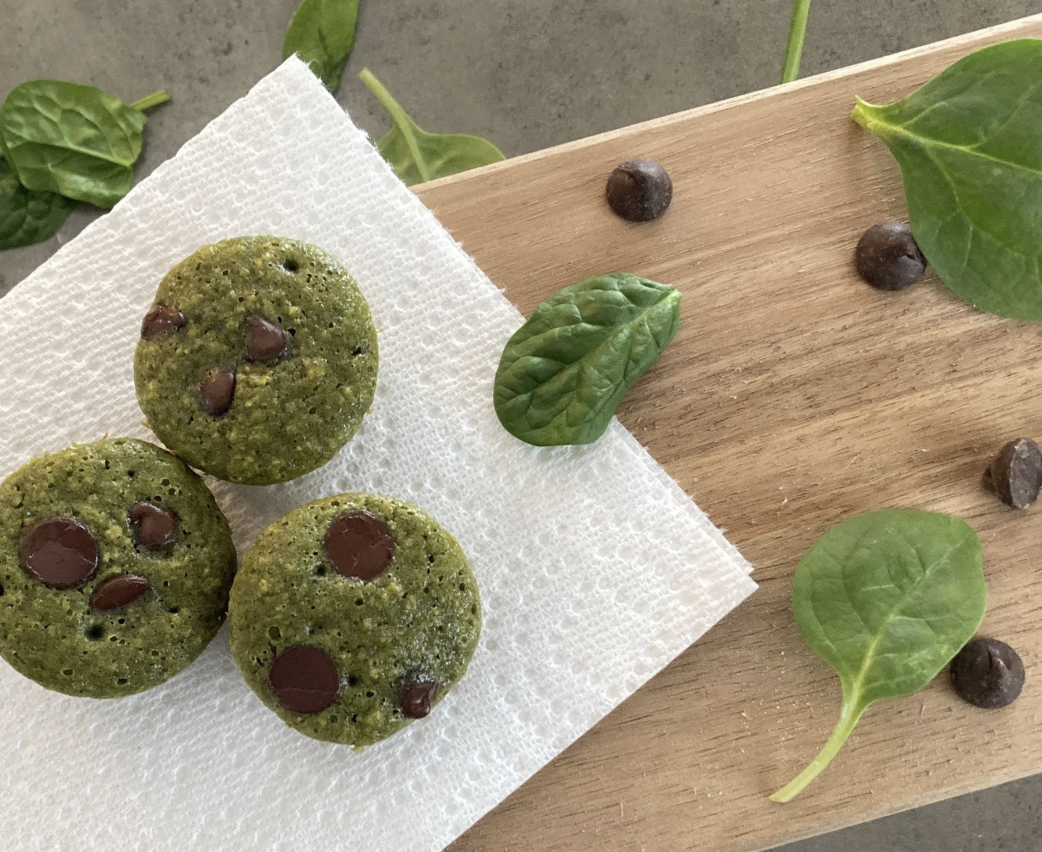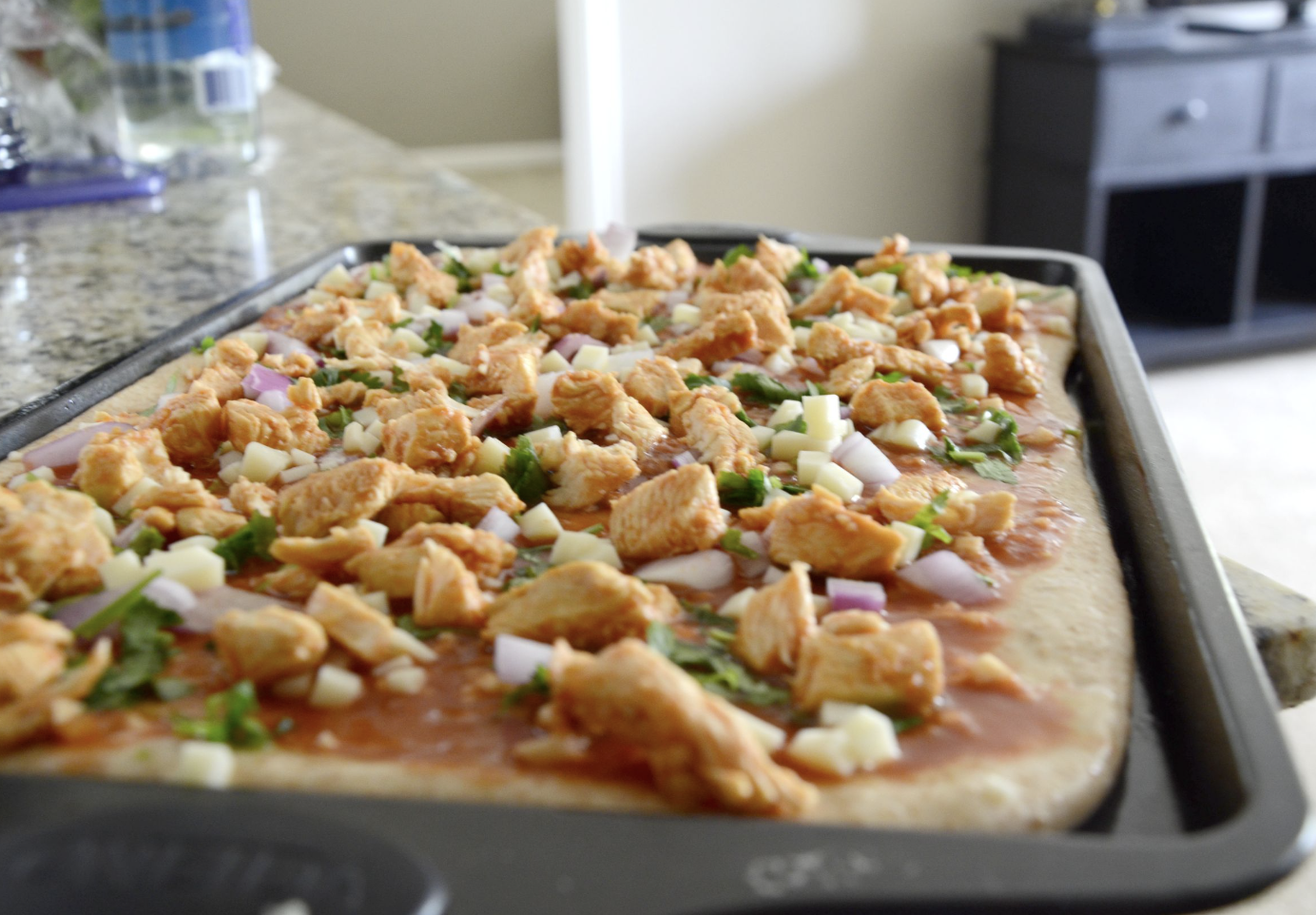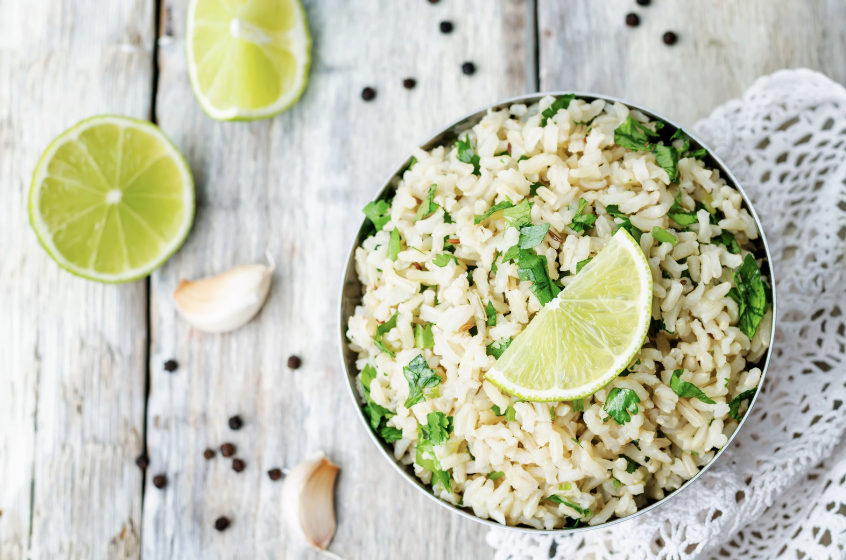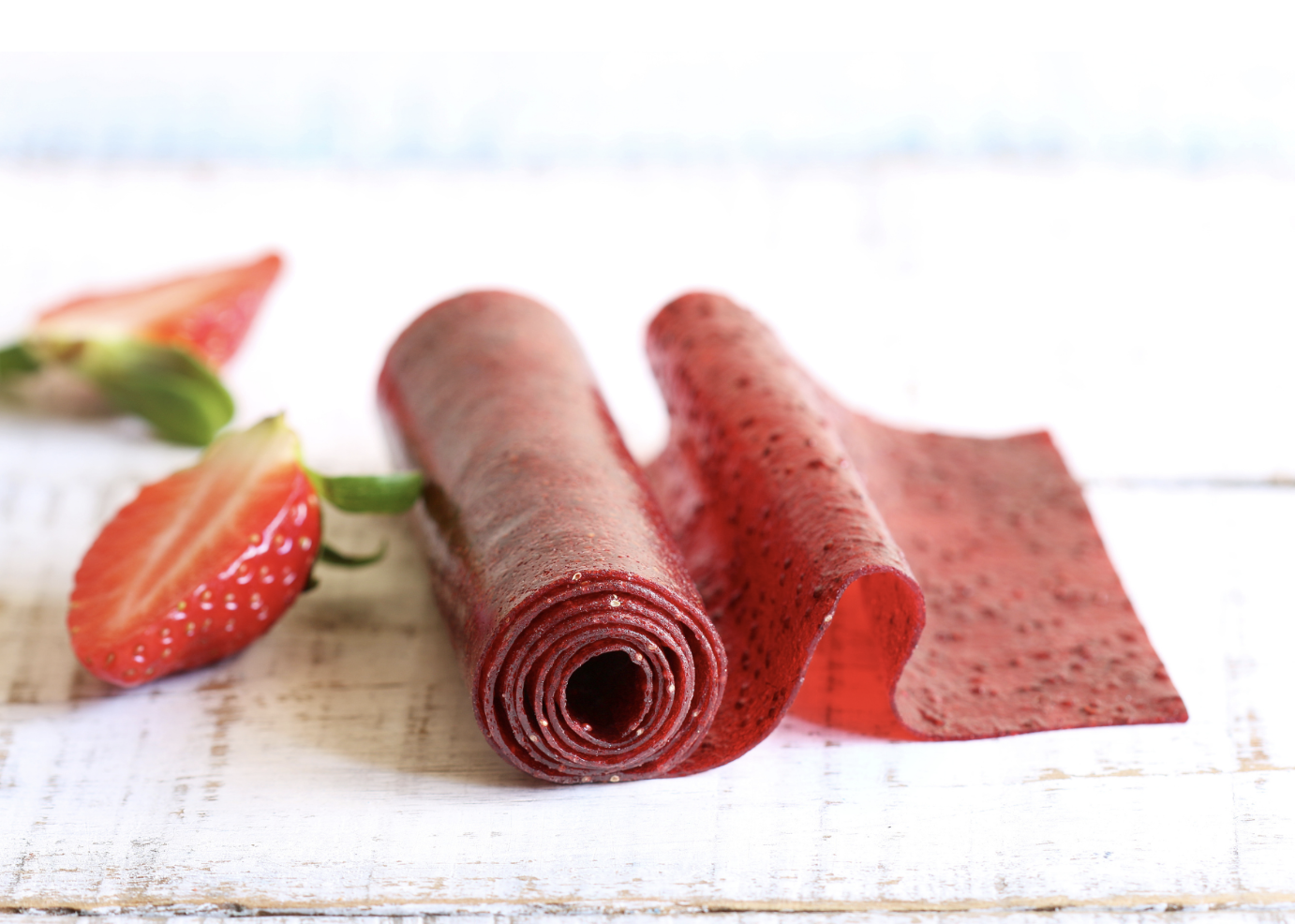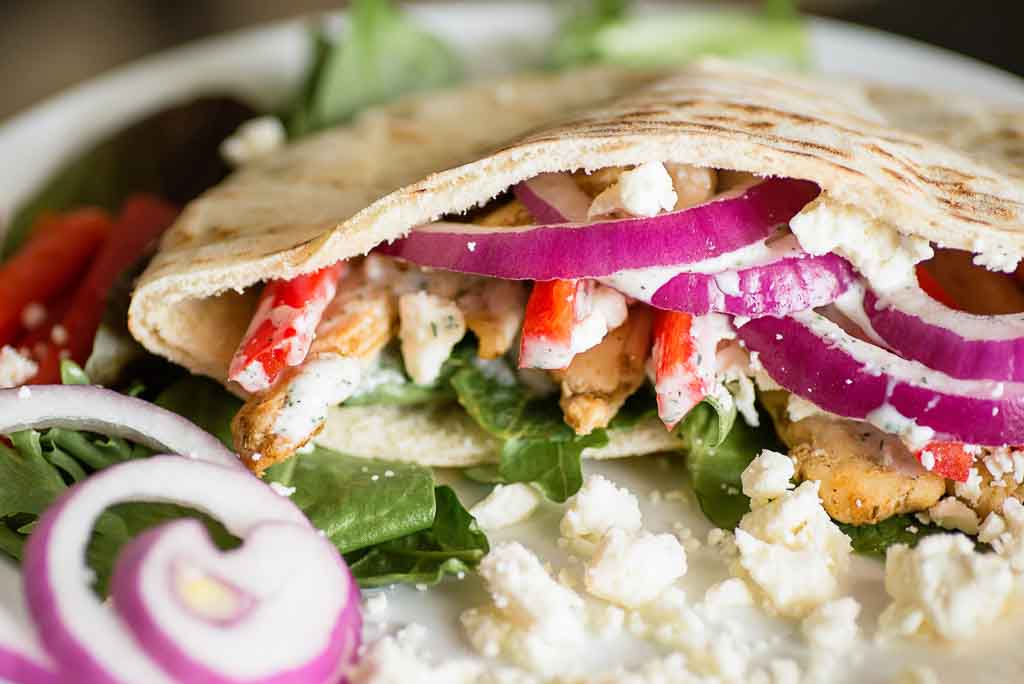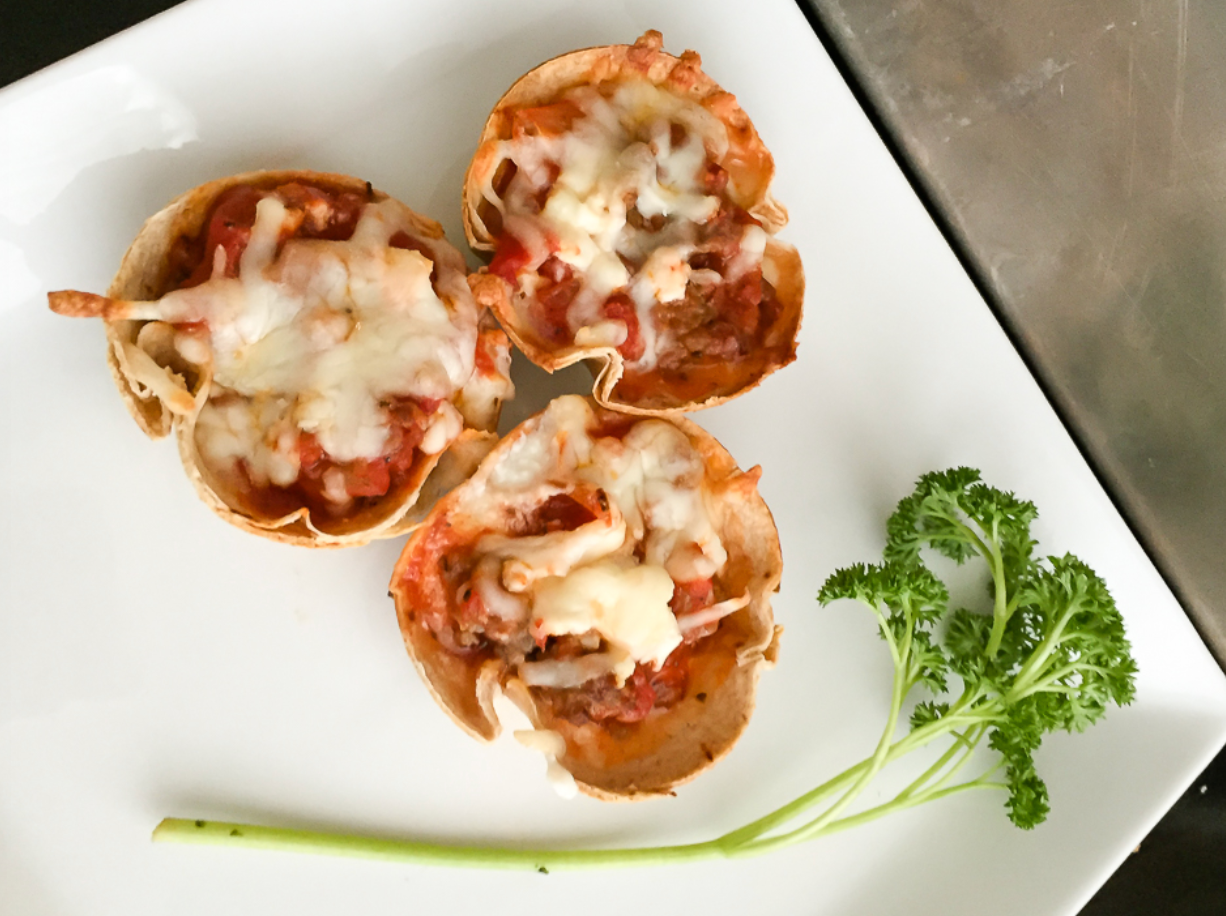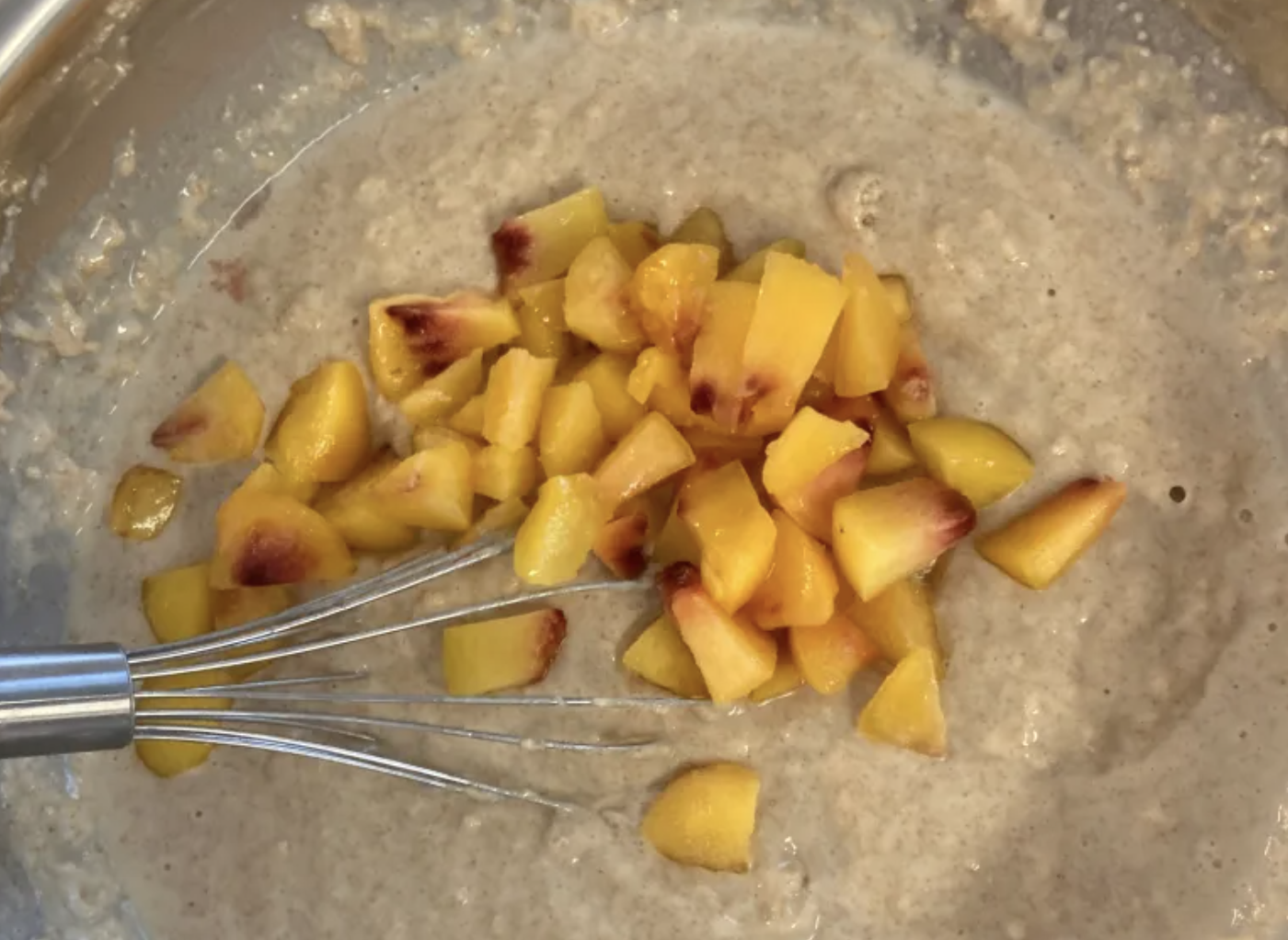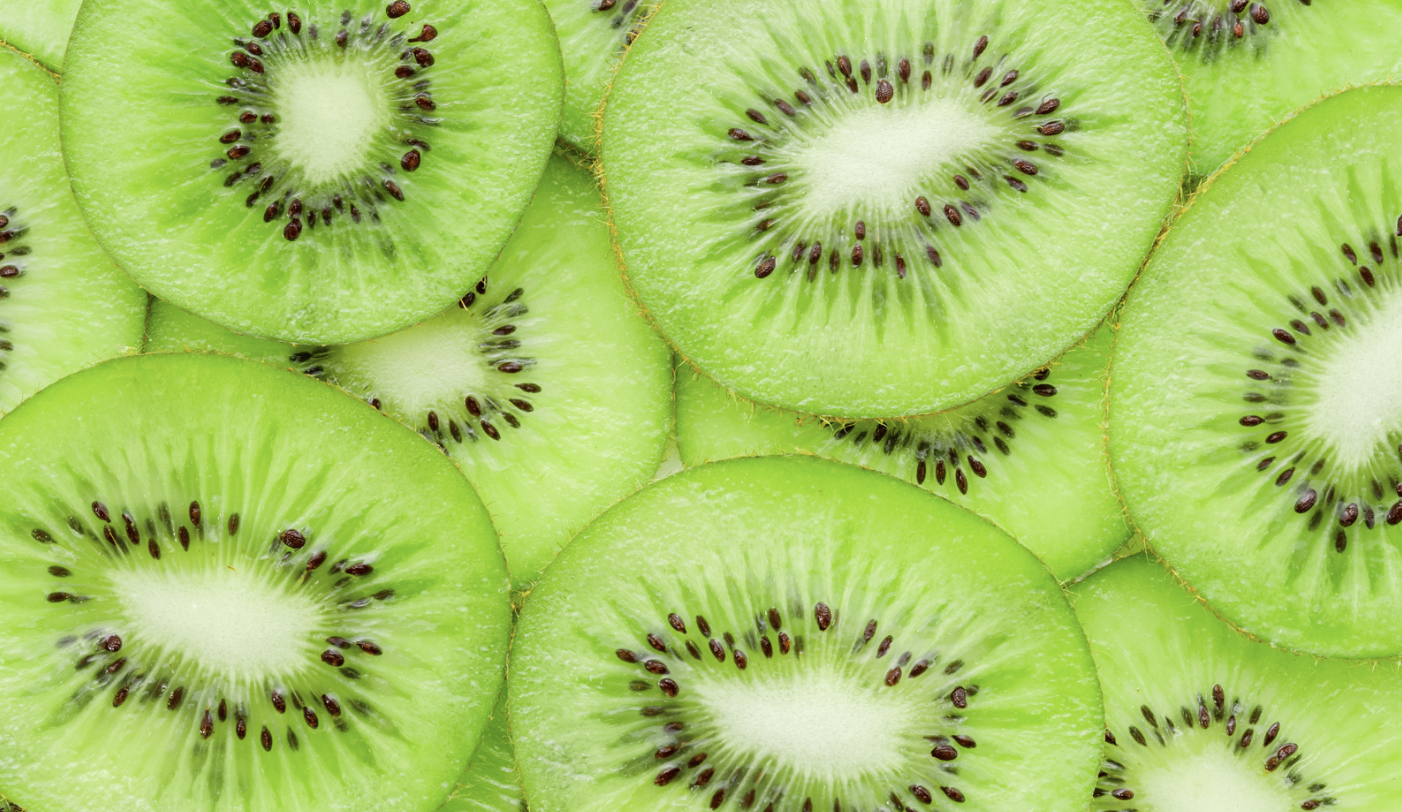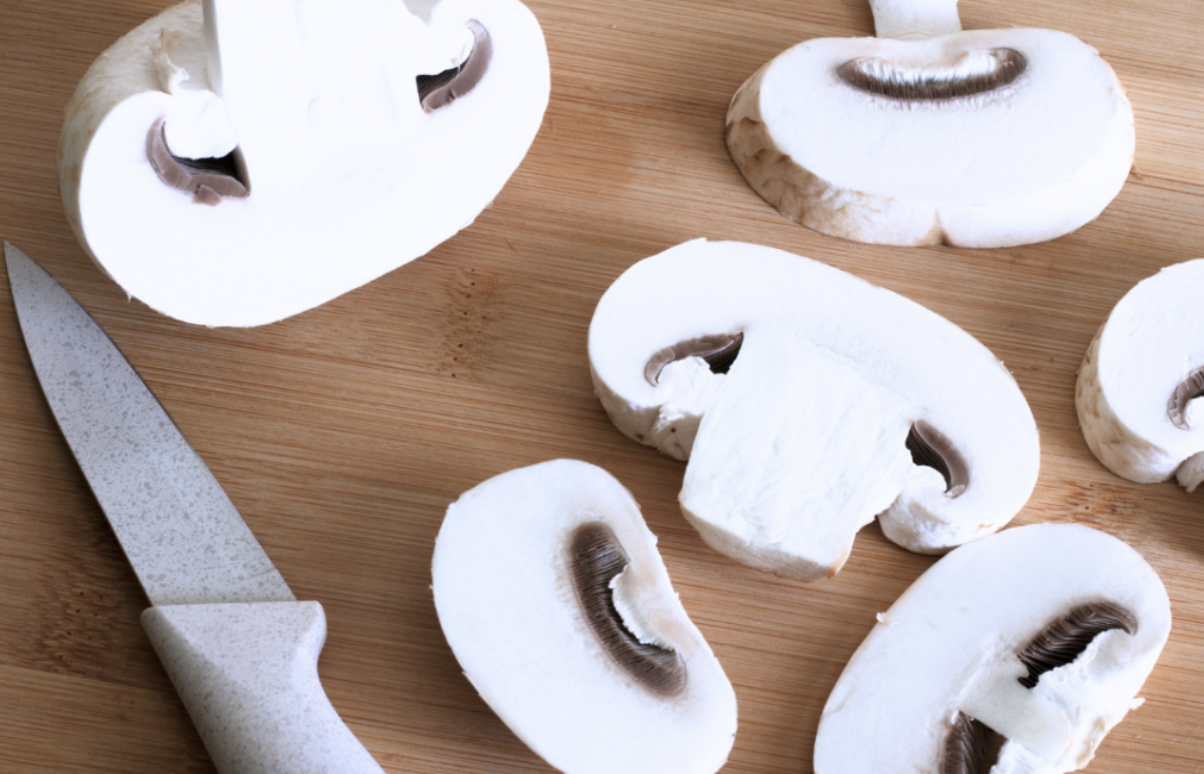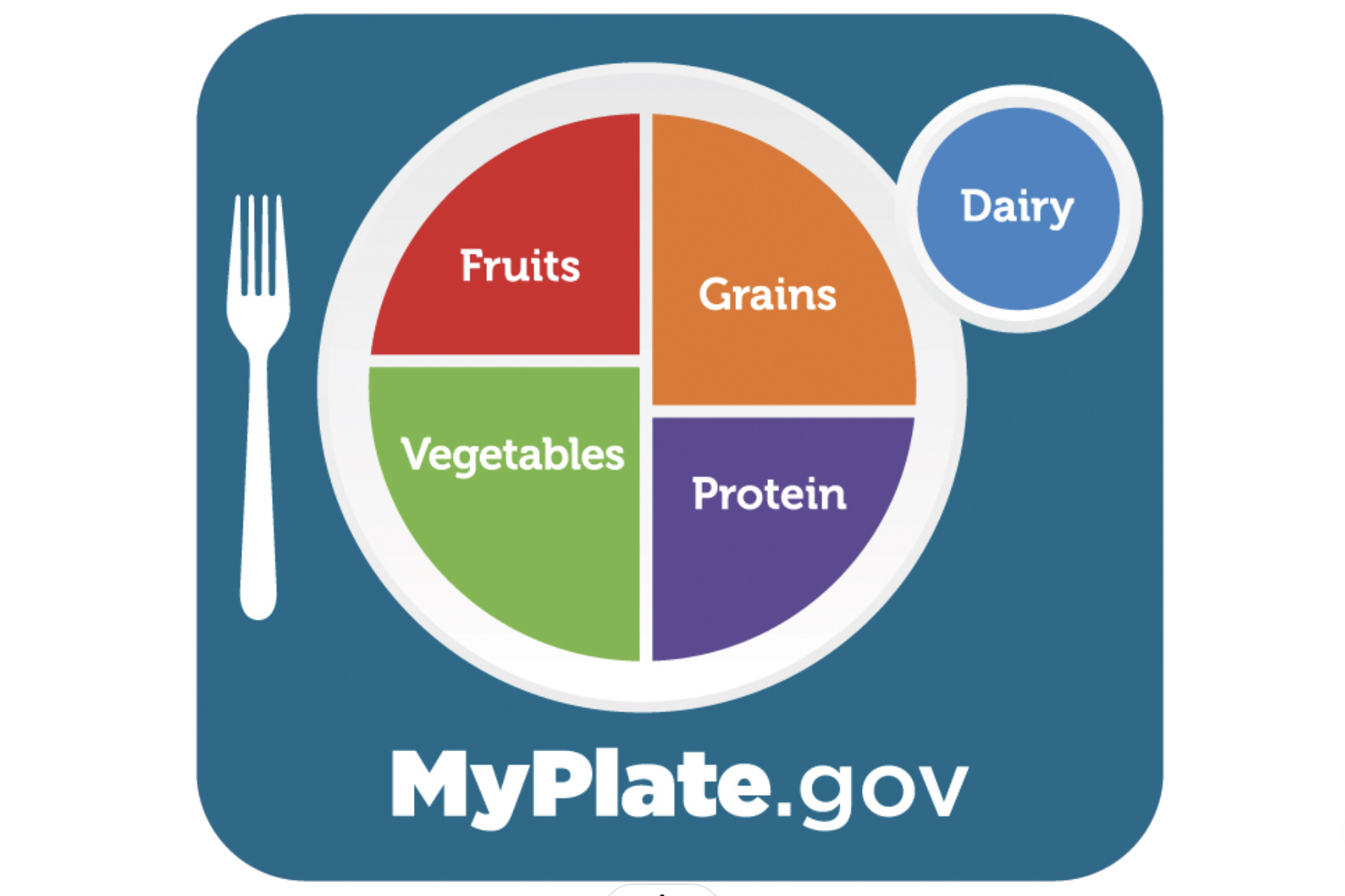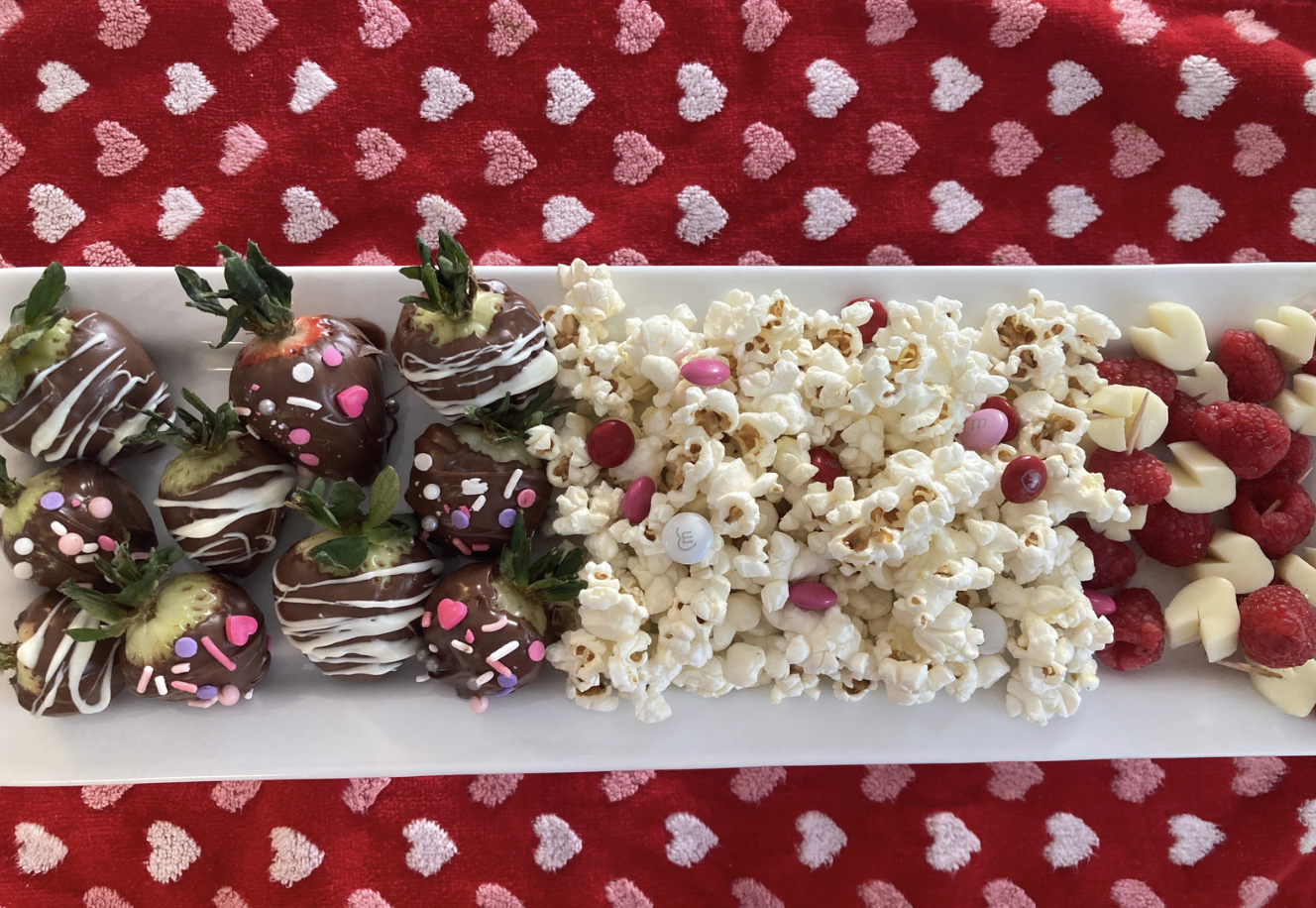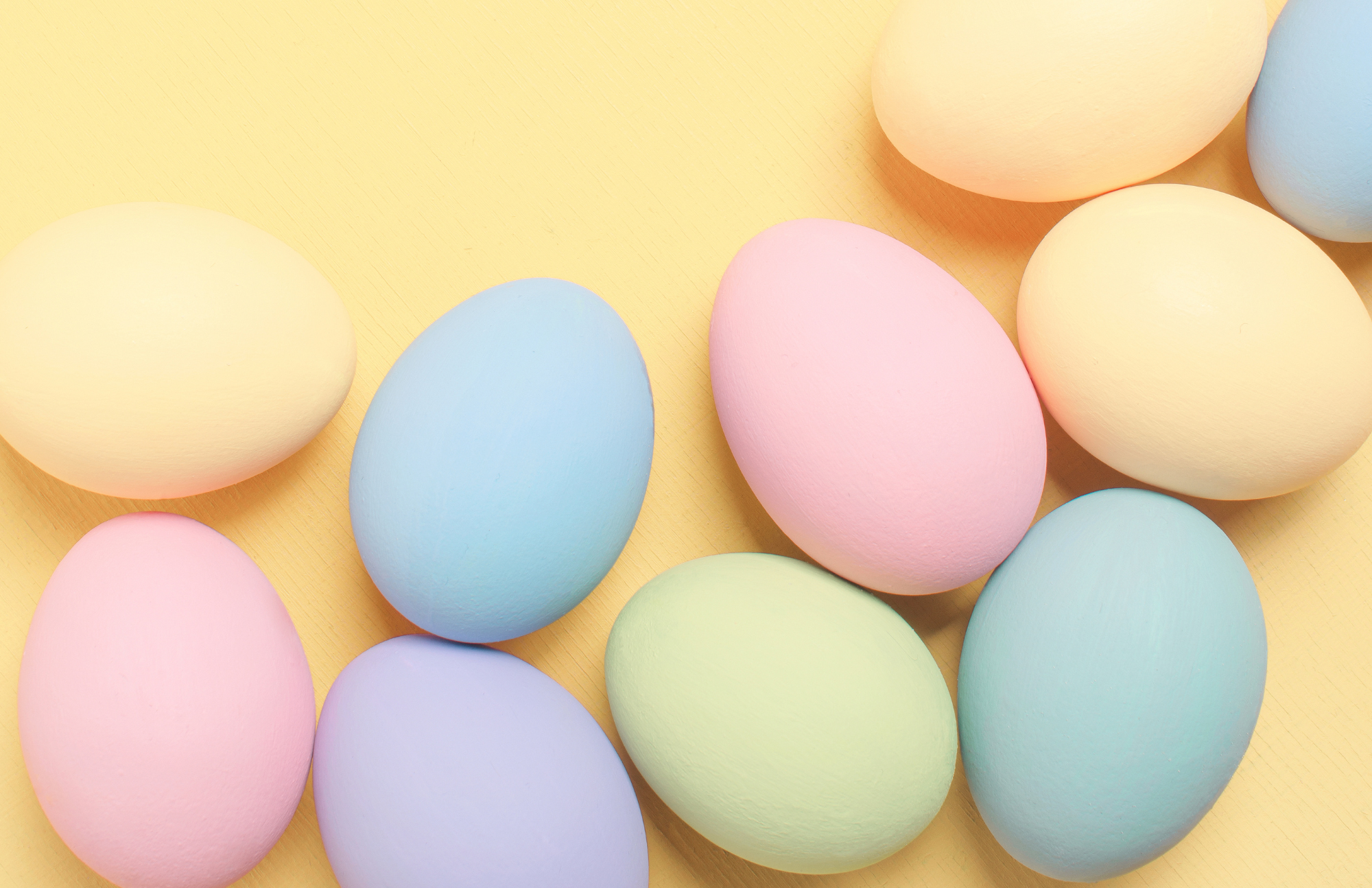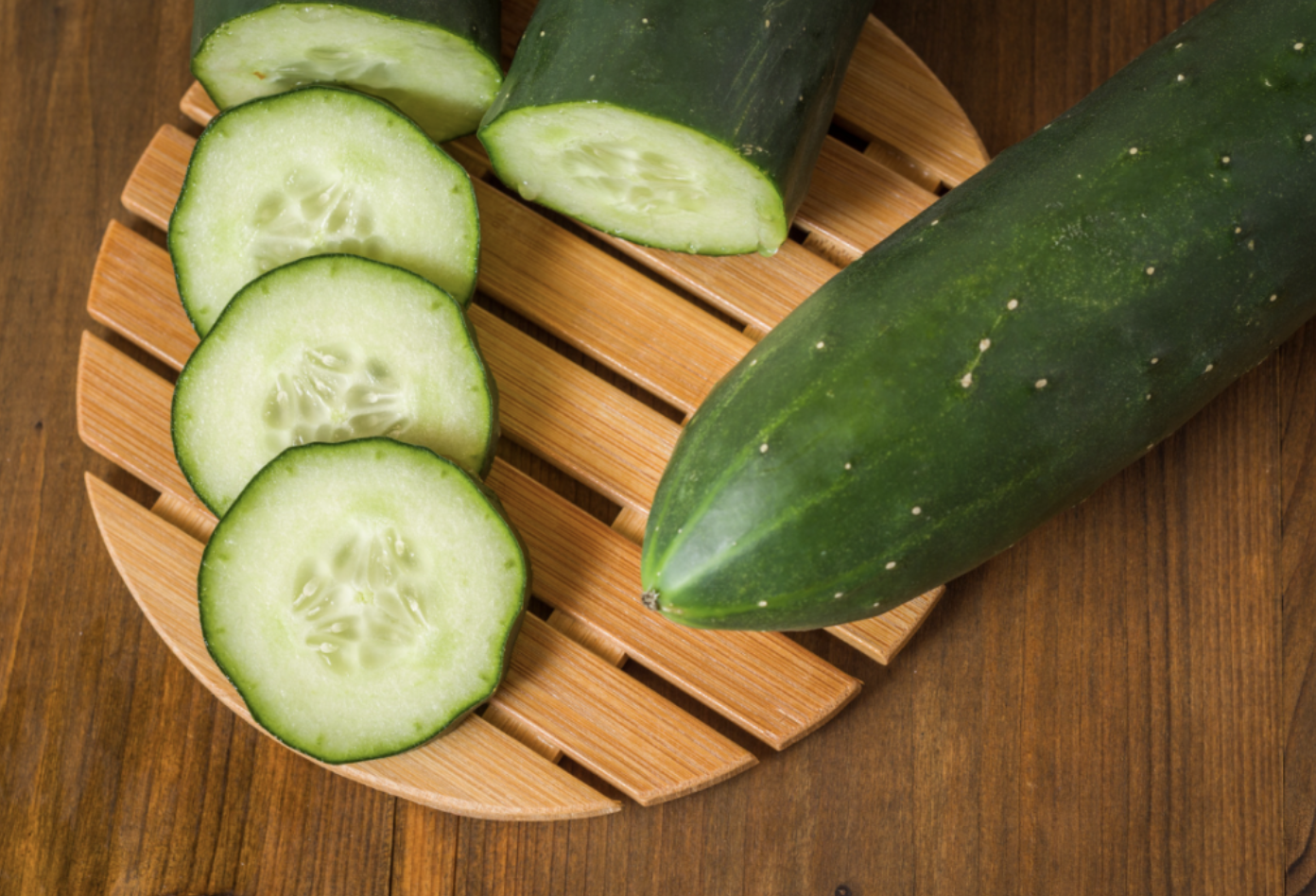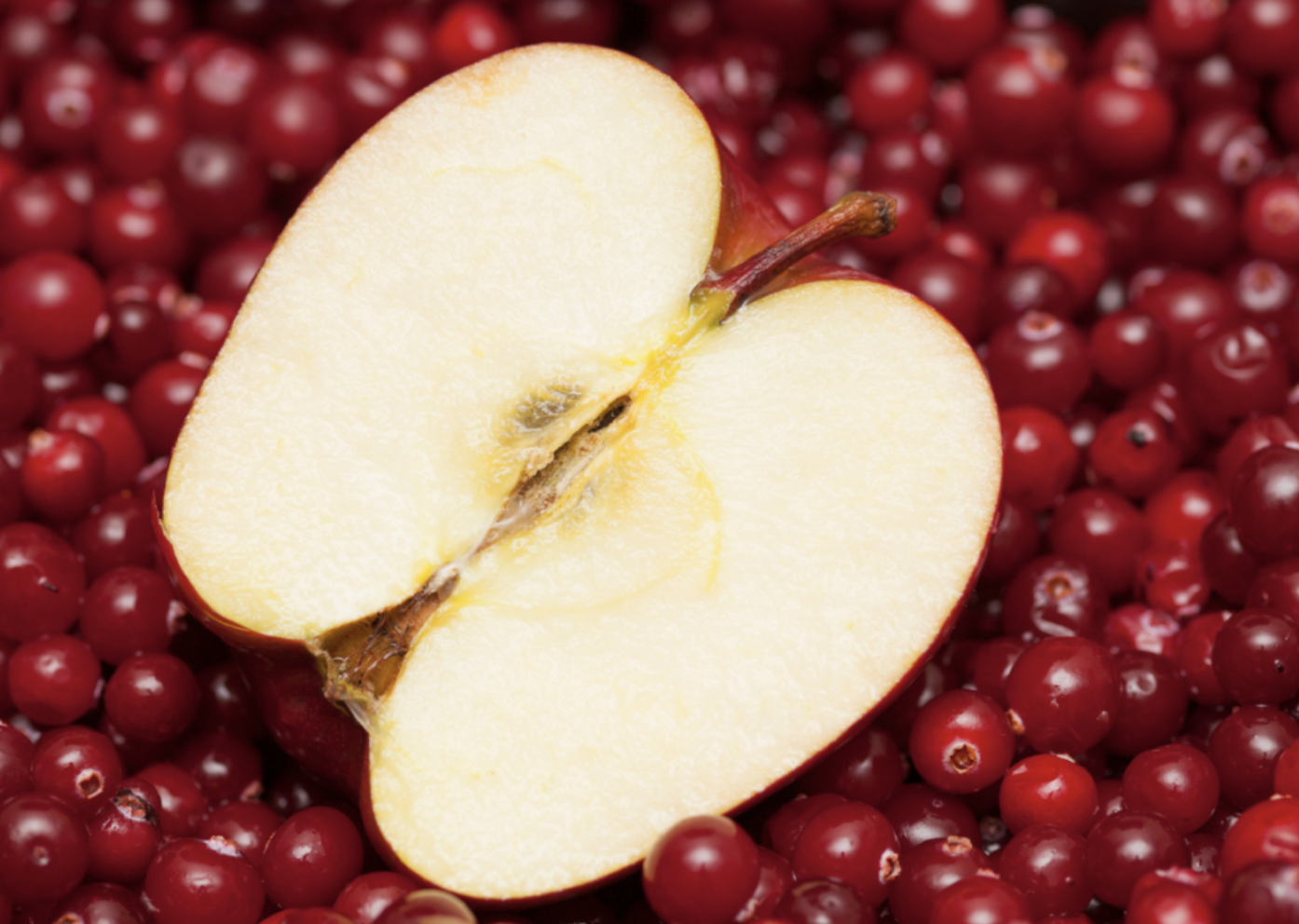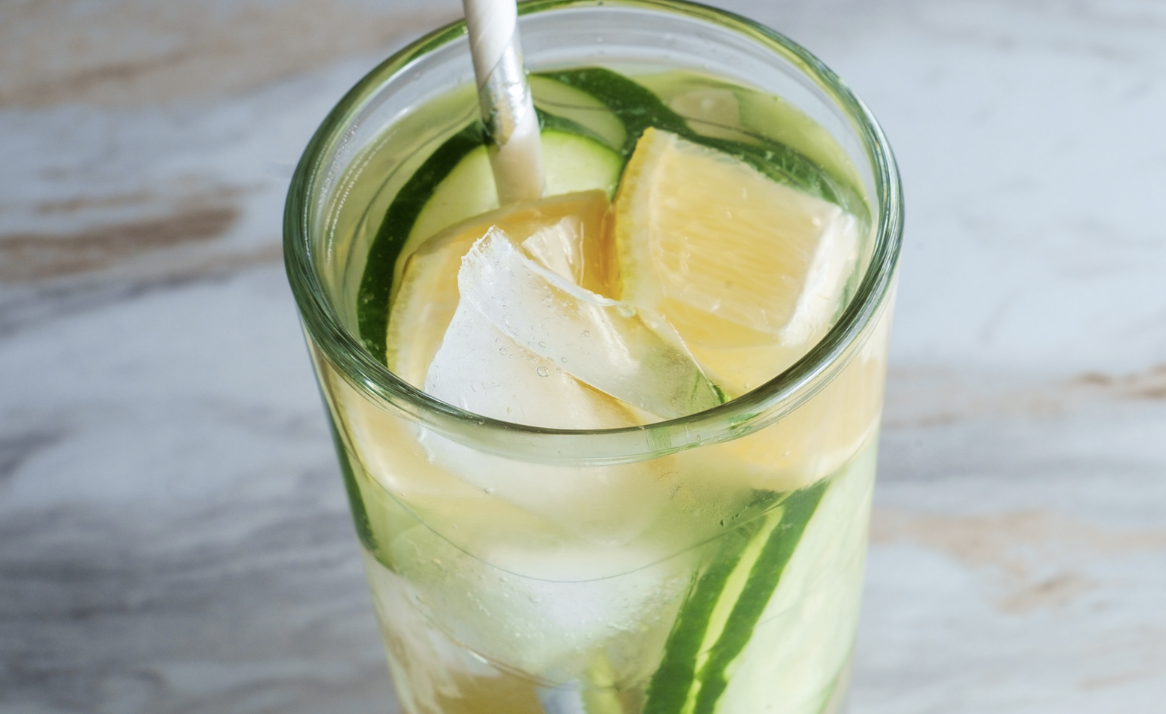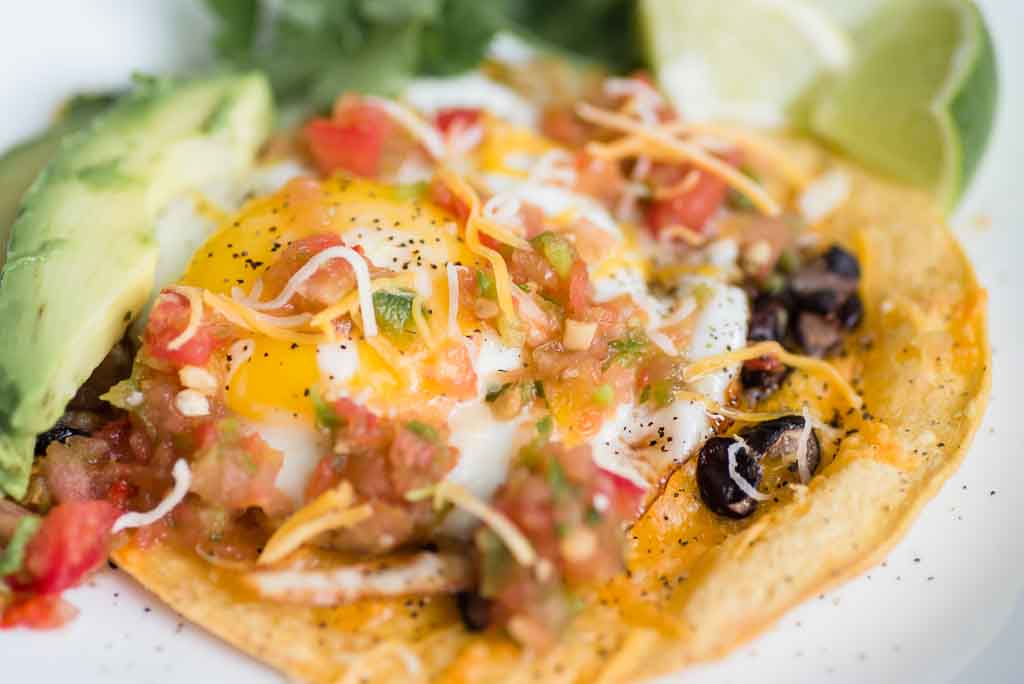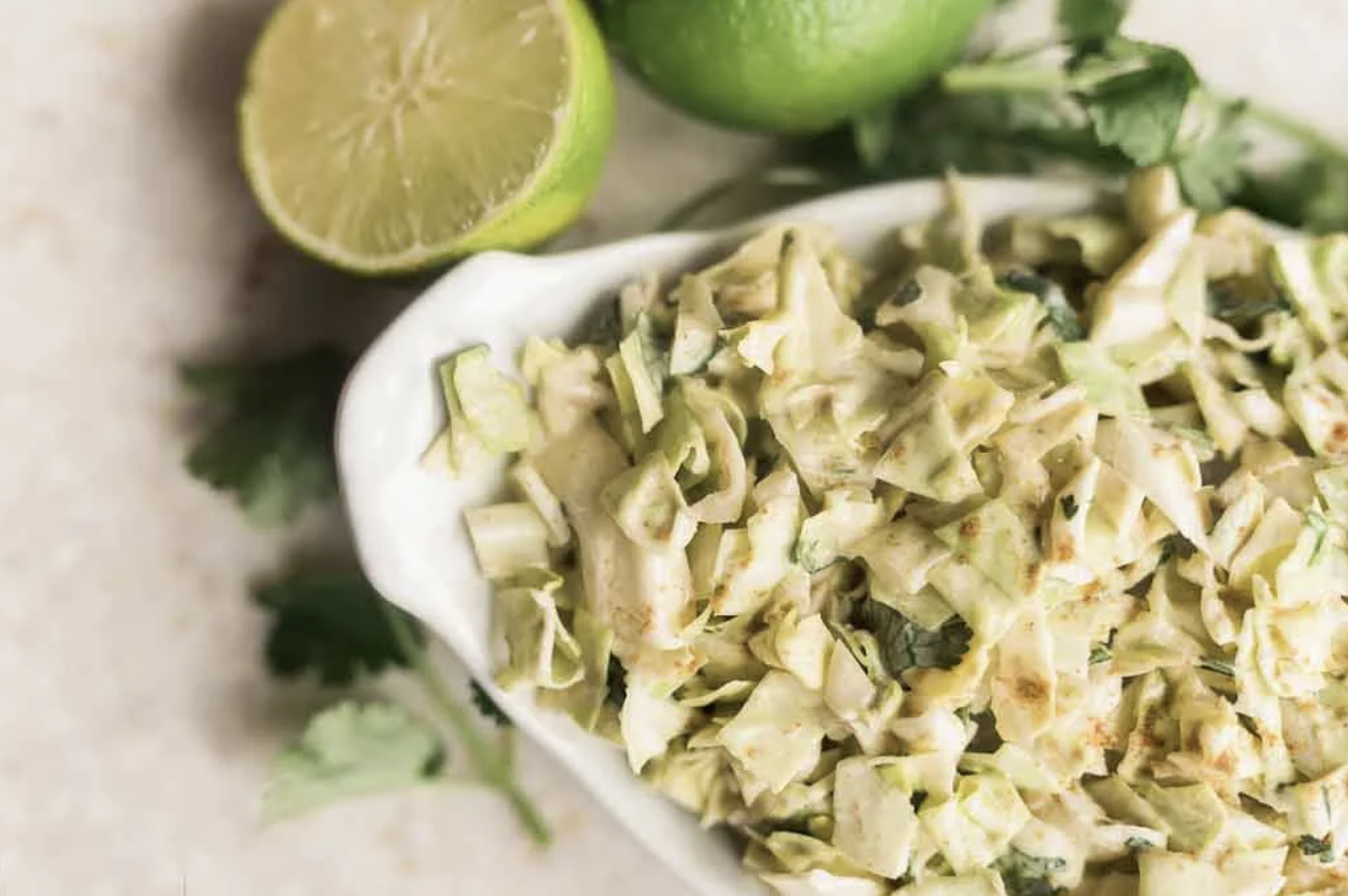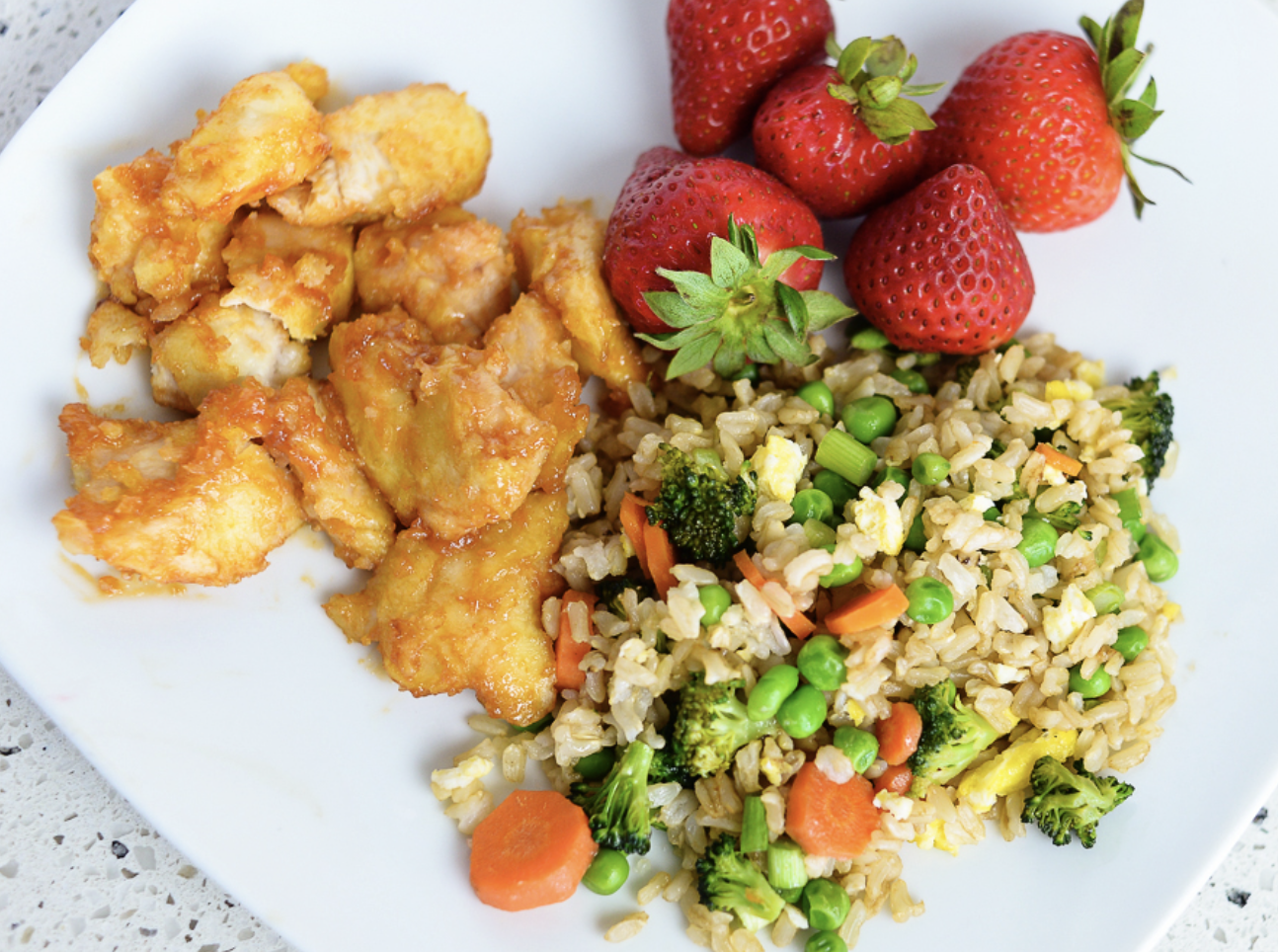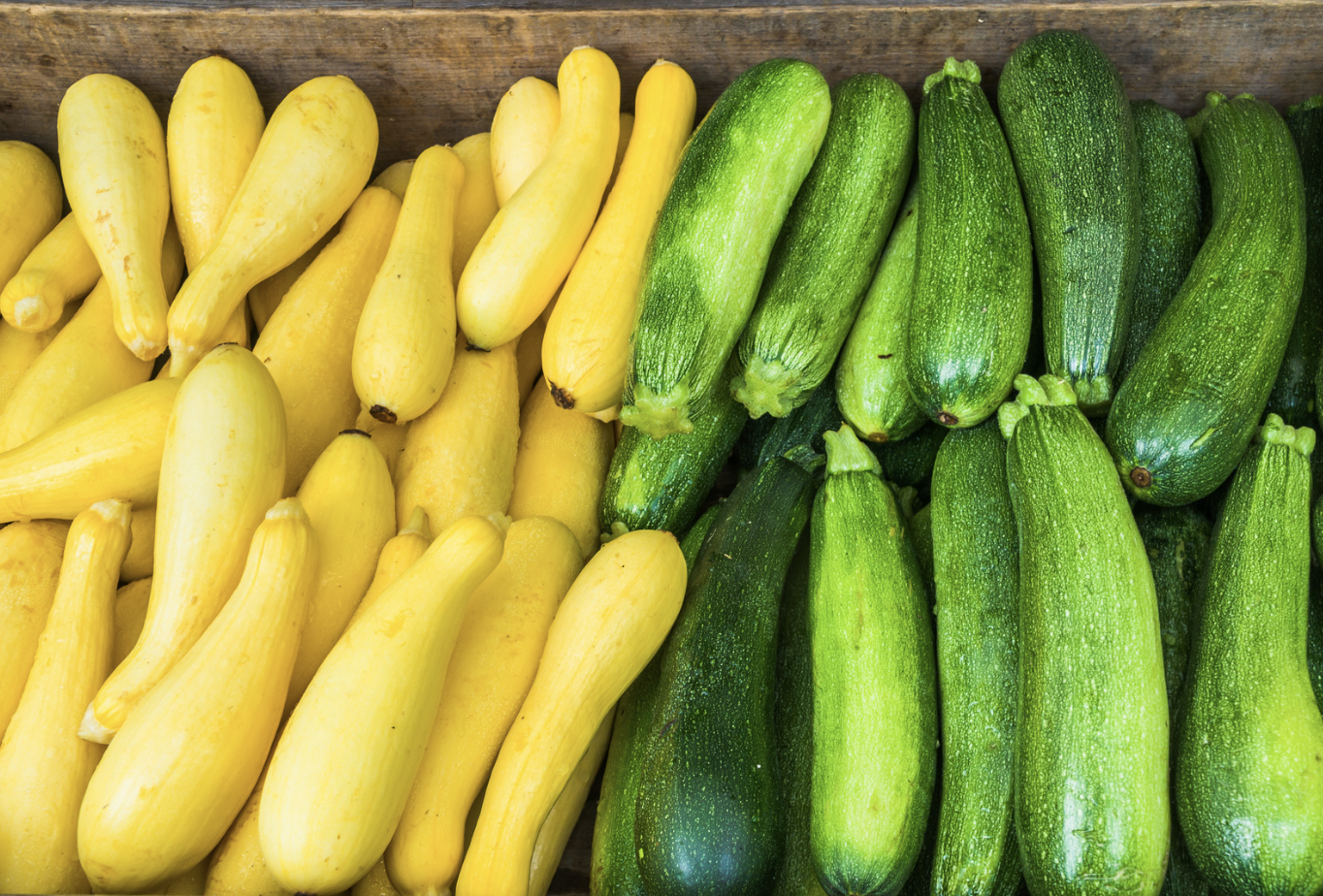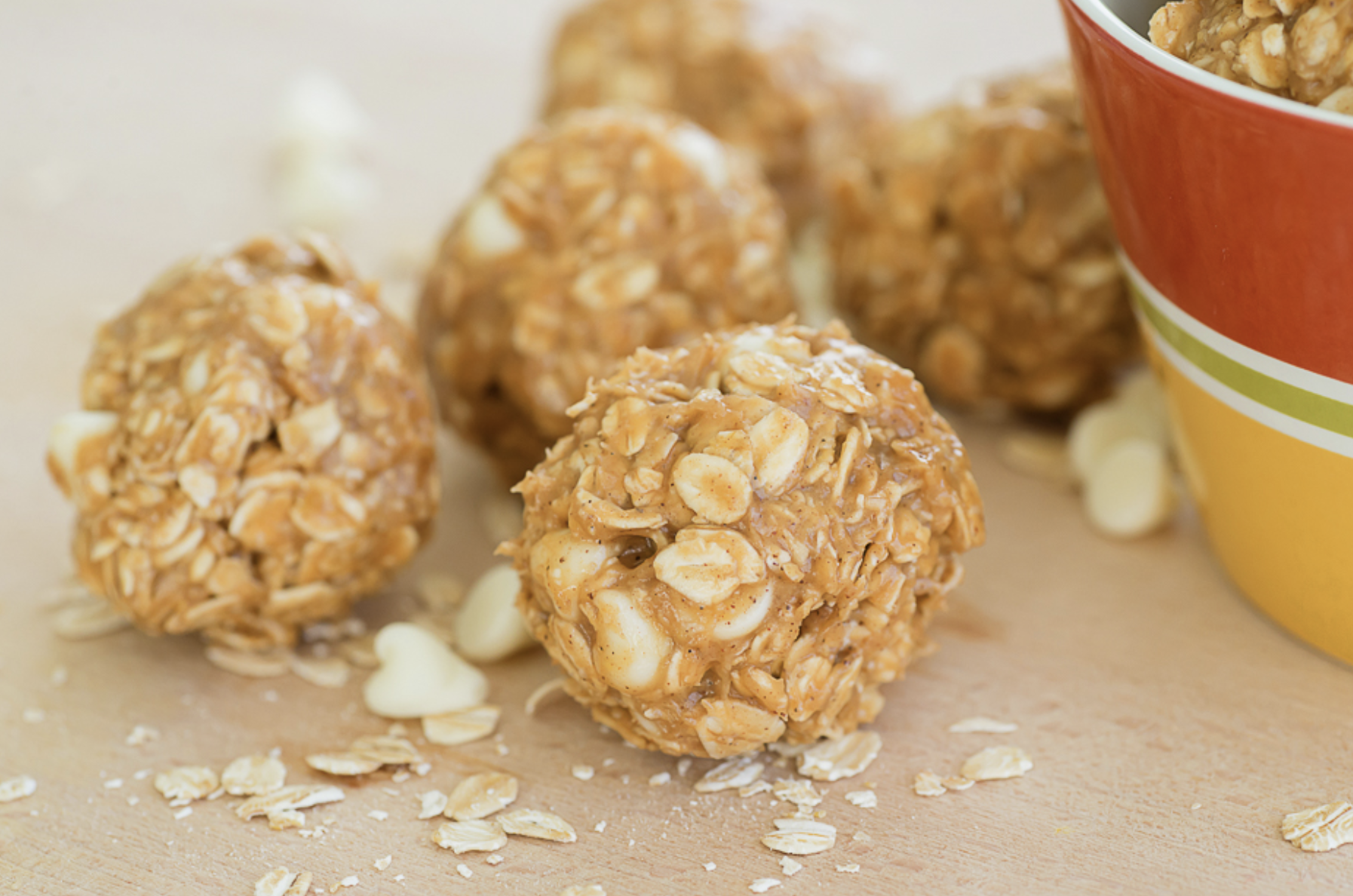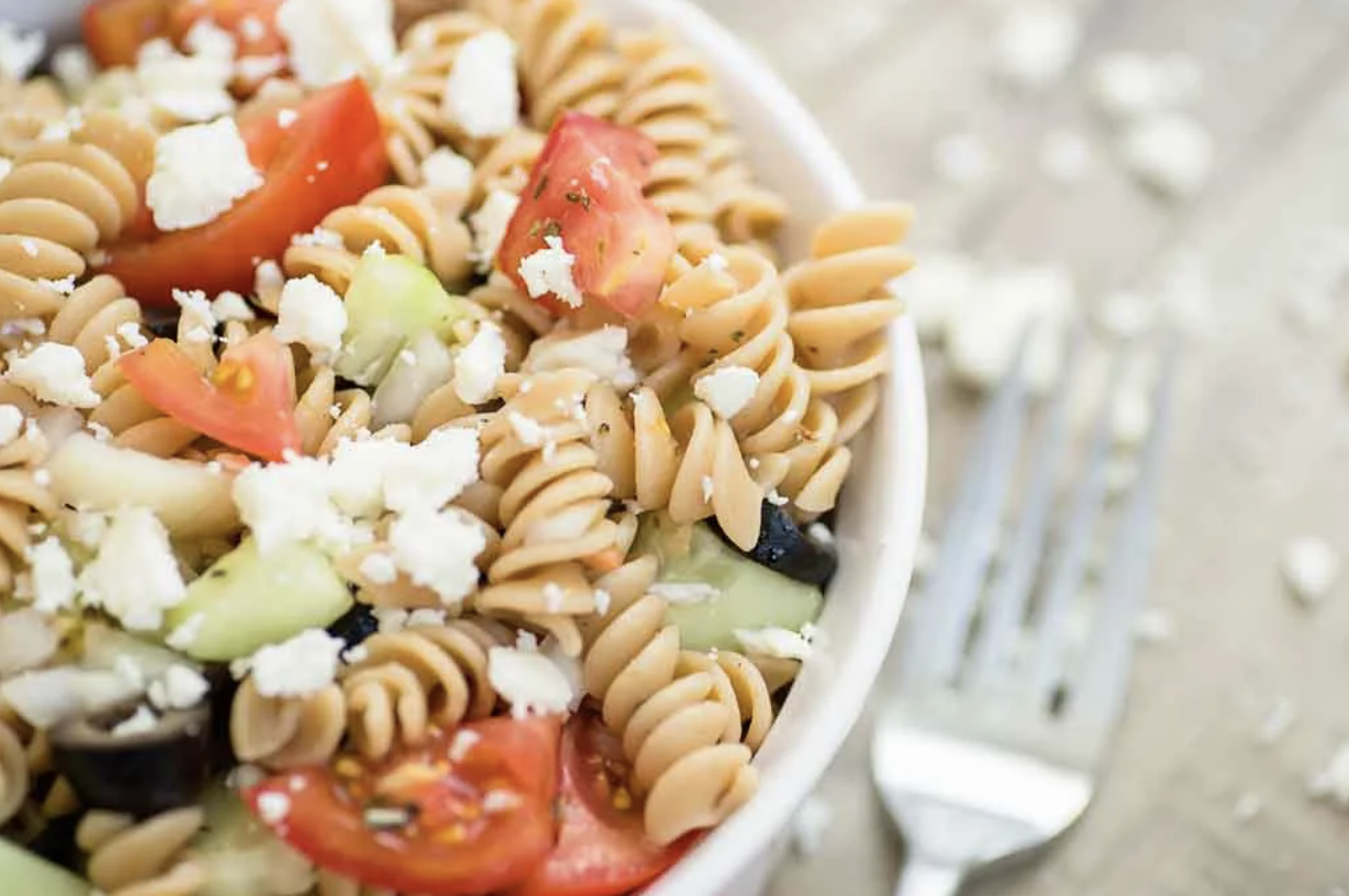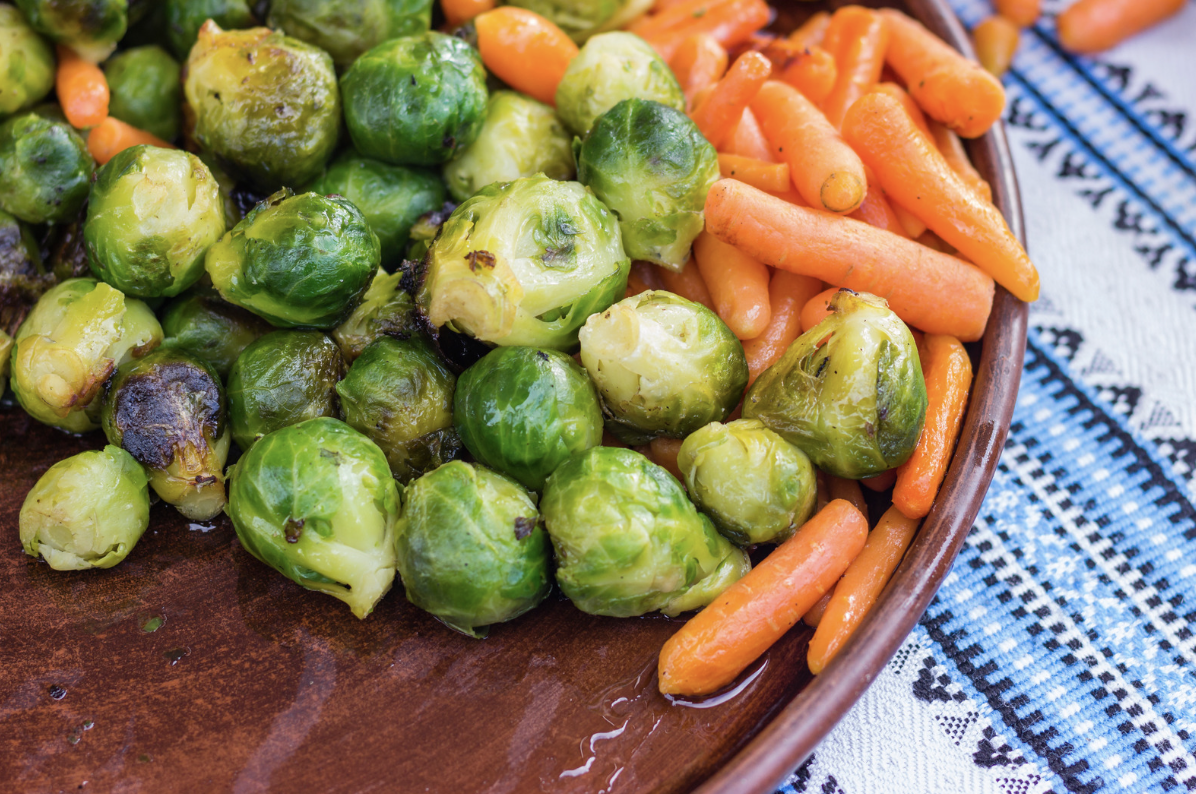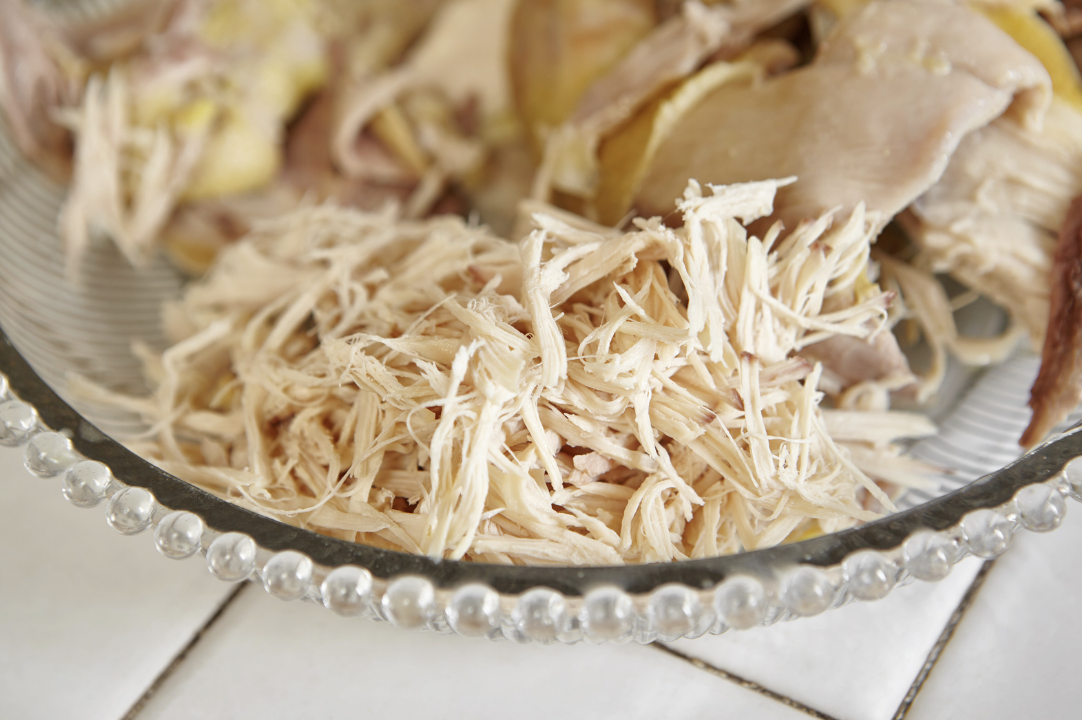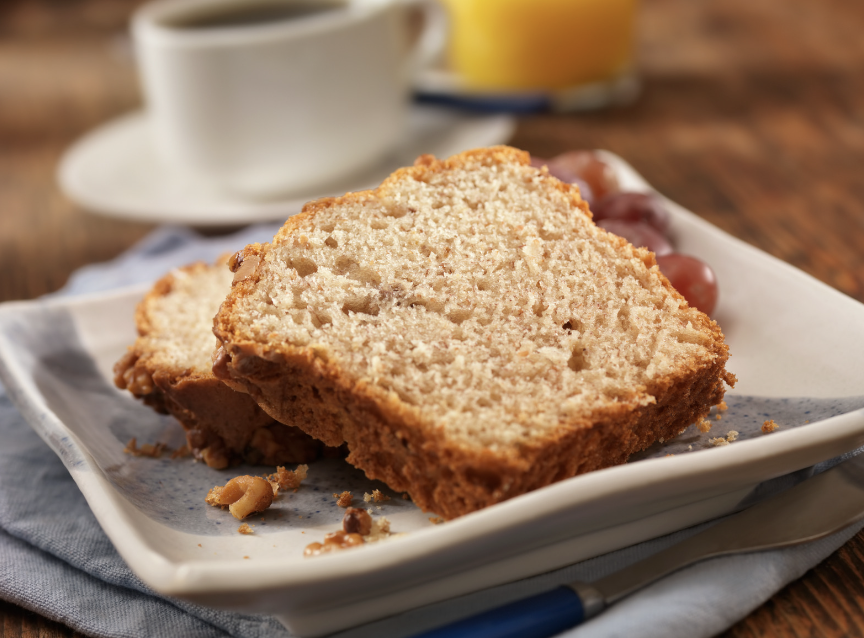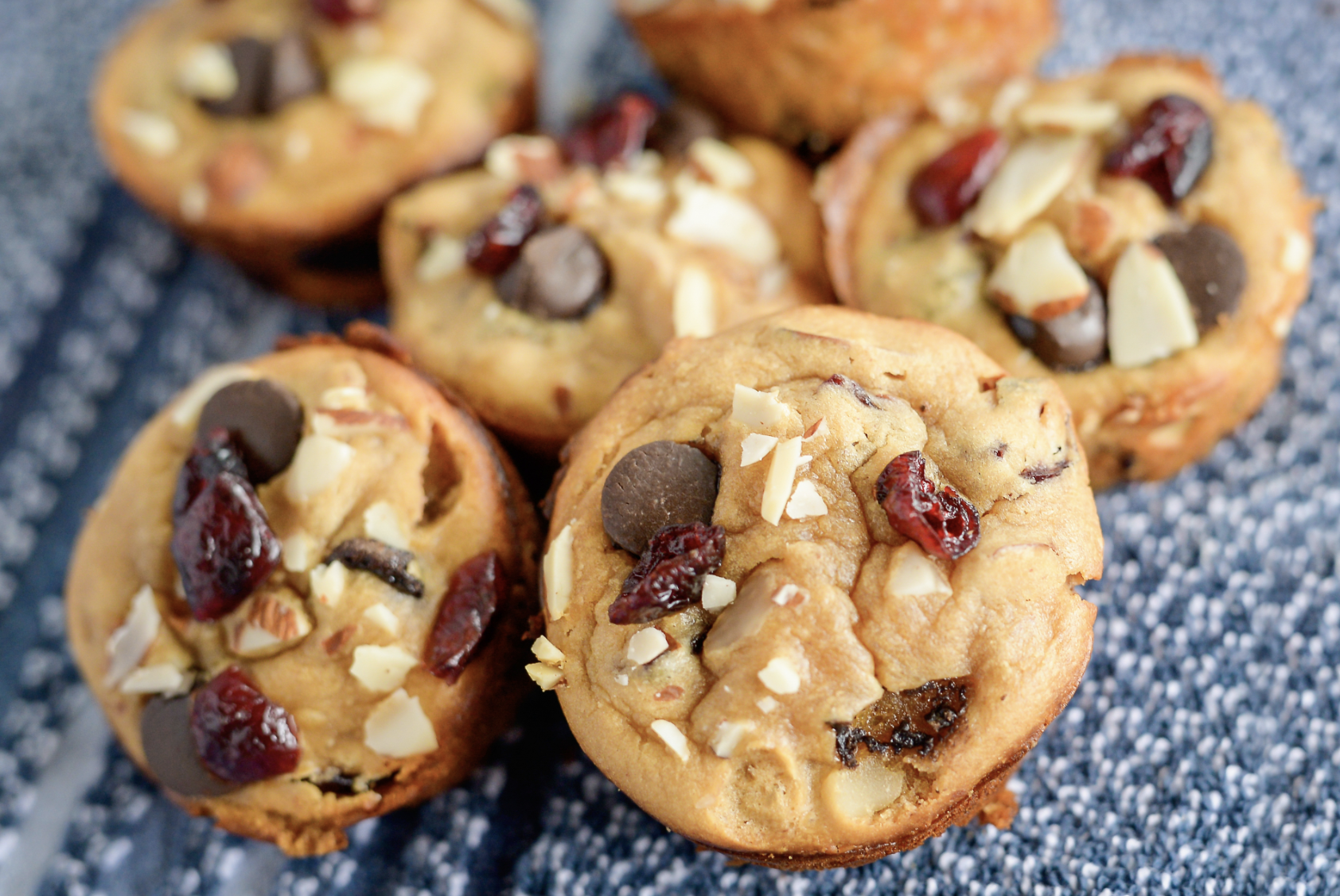The Ultimate Guide to Quinoa: Tips, Facts, Locating It & More
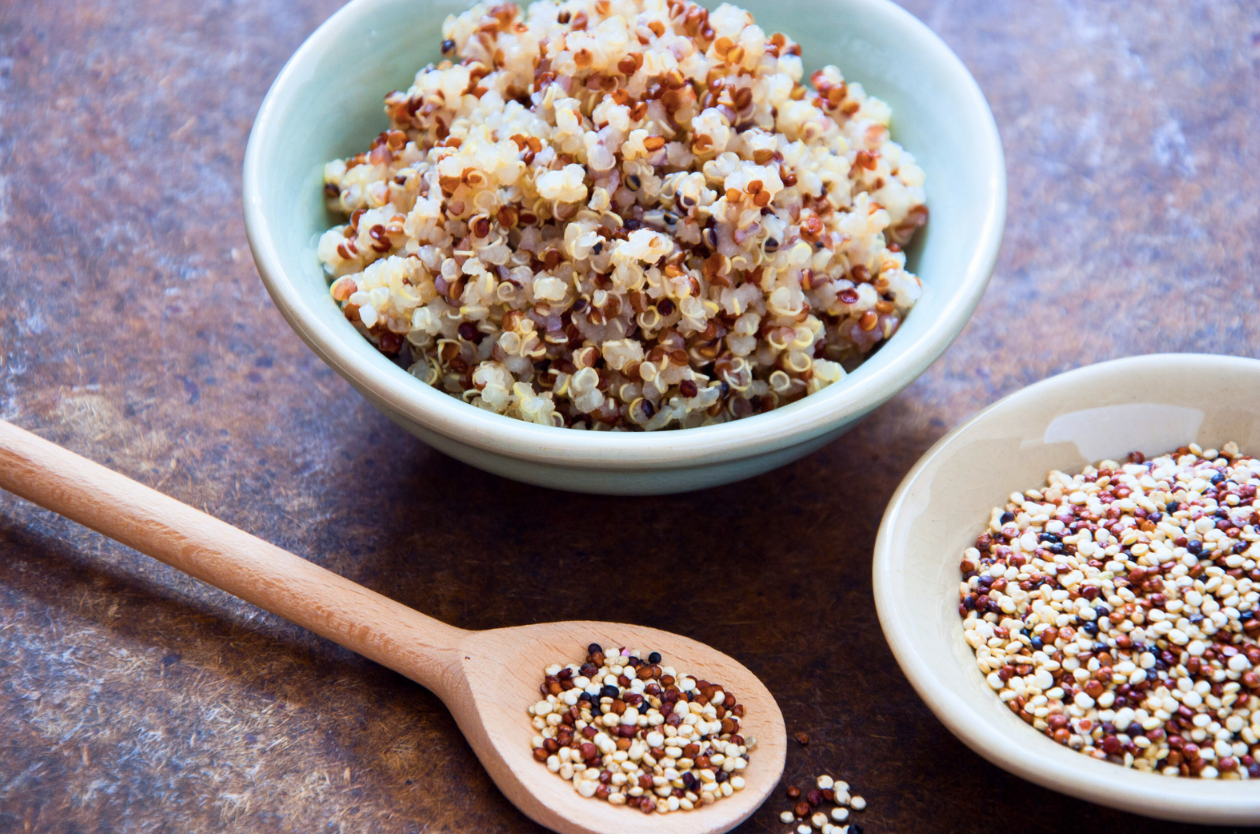
Join us as we delve into everything you ever needed to know about quinoa. Learn about how to find it in the grocery store, how to freeze, how it compares to other whole grains and more.
Where Do I Find Quinoa in the Grocery Store?
In most grocery stores, you'll find quinoa located in the grains or rice aisle. Often, it's positioned alongside other ancient grains, rice varieties, and sometimes even in the health food section. Quinoa might be available in different forms, such as bulk bins, packaged bags, or boxes.
If you're having trouble locating it, don't hesitate to ask a store employee for assistance.
Remember that the exact placement can vary slightly between different stores, but these general sections should help guide you to where you can find this nutritious and versatile grain.
Tips to Freezing Quinoa
Freezing quinoa is a great way to have it readily available for quick and convenient meals. Follow these simple steps to freeze quinoa effectively:
- Cook and Cool Quinoa: Start by cooking the quinoa according to the package instructions. Once cooked, allow it to cool completely. This helps prevent the grains from clumping together when frozen.
- Portion Out: Divide the cooked and cooled quinoa into individual portions. You can use small freezer-safe containers, resealable plastic bags, or even ice cube trays if you want smaller portions.
- Remove Excess Air: If you're using resealable bags, press out as much air as possible before sealing to prevent freezer burn.
- Label and Date: Write the date of freezing on each container or bag. This helps you keep track of freshness and prevents quinoa from being forgotten in the freezer.
- Pack and Seal: Place the individual portions of quinoa in your chosen freezer-safe containers or bags. Seal them tightly to prevent moisture from entering.
- Flash Freeze (Optional): For preventing clumps, you can lay the portions on a baking sheet or tray and put it in the freezer for a short while. This way, the quinoa will freeze individually before you pack them together.
- Store in Freezer: Place the containers or bags in the freezer. Quinoa can usually be stored for up to 2-3 months without significant loss of quality.
- Thaw and Reheat: When you're ready to use the frozen quinoa, simply take out the desired portion and thaw it in the refrigerator overnight. To reheat, you can use the microwave or stove top. Add a little water or broth if needed to restore moisture.
Remember, while freezing quinoa can preserve its quality, it might become slightly softer in texture after freezing and thawing. This might make it more suitable for dishes like casseroles, stir-fries, or soups, rather than using it as a standalone grain.
Barley vs Quinoa
Barley and quinoa are both nutritious whole grains, but they have distinct characteristics in terms of taste, nutrition, and culinary uses.
Here's a brief comparison between Barley vs Quinoa.
Barley:
- Flavor and Texture: Chewy texture, nutty flavor.
- Nutrition: Rich in fiber, minerals like selenium and phosphorus.
- Cooking Time: Varies (hulled takes longer).
- Uses: Soups, stews, risottos, baking.
- Gluten: Contains gluten.
Quinoa:
- Flavor and Texture: Light, nutty flavor, fluffy texture.
- Nutrition: Complete protein, high in fiber, magnesium, manganese.
- Cooking Time: Quick (about 15 minutes).
- Uses: Salads, side dishes, breakfast bowls, gluten-free substitute.
- Gluten: Gluten-free.
Select based on your taste, dietary needs, and cooking preferences.
Amaranth vs Quinoa
Just like barley and quinoa, amaranth is another nutritious whole grain. Here's a brief comparison between amaranth vs quinoa:
Amaranth:
- Flavor and Texture: Nutty, sticky when cooked.
- Nutrition: Protein-rich, iron, calcium, magnesium.
- Cooking Time: About 20-25 minutes.
- Uses: Porridge, soups, salads, gluten-free.
- Gluten: Gluten-free.
Quinoa:
- Flavor and Texture: Light, nutty, fluffy when cooked.
- Nutrition: Complete protein, fiber, magnesium.
- Cooking Time: About 15 minutes.
- Uses: Salads, side dishes, breakfast bowls, gluten-free.
- Gluten: Gluten-free.

Quinoa Flakes vs Quinoa
Here's a comparison between quinoa flakes vs quinoa:
Quinoa Flakes:
- Texture and Appearance: Quinoa flakes are thin, flattened grains that resemble oat flakes or instant oats.
- Processing: Quinoa flakes are made by rolling and flattening quinoa seeds, similar to how oats are processed into oat flakes.
- Cooking Time: Quinoa flakes cook very quickly and can be ready in just a few minutes when mixed with hot liquid. They don't require the same cooking time as whole quinoa seeds.
- Nutrition: Quinoa flakes retain many of the same nutritional benefits as whole quinoa, including protein, fiber, vitamins, and minerals. However, the processing might lead to a slightly lower nutrient content compared to whole quinoa.
- Uses: Quinoa flakes are often used as a quick and easy hot breakfast cereal. They can also be added to smoothies, baked goods, and as a topping for yogurt or desserts.
Whole Quinoa:
- Texture and Appearance: Whole quinoa consists of small, round seeds with a slightly crunchy texture when cooked.
- Preparation: Whole quinoa seeds need to be rinsed before cooking to remove the bitter saponin coating. They are then cooked in water to become fluffy and tender.
- Cooking Time: Whole quinoa seeds take about 15 minutes to cook, plus the time for rinsing.
- Nutrition: Whole quinoa is a complete protein, rich in fiber, vitamins, and minerals. It retains its full nutritional profile due to minimal processing.
- Uses: Whole quinoa is incredibly versatile and can be used as a base for salads, side dishes, and as a substitute for rice or other grains.
Quinoa flakes are great for swift meals, while whole quinoa provides a more unprocessed and versatile option.
Is Quinoa Easy to Digest?
Yes, quinoa is generally considered easy to digest for most people. It has several characteristics that contribute to its digestibility:
- Low in Phytic Acid: Quinoa has relatively low levels of phytic acid, an antinutrient present in some grains and seeds that can hinder the absorption of minerals like iron and zinc. This makes quinoa's nutrients more bioavailable and easier to digest.
- Complete Protein: Quinoa is a complete protein, containing all nine essential amino acids. The amino acid composition of quinoa is well-balanced and can support better digestion and absorption.
- High Fiber Content: While quinoa is high in fiber, the fiber it contains is mostly soluble fiber. Soluble fiber can help regulate digestion, promote healthy gut bacteria, and reduce the risk of digestive discomfort.
- Gluten-Free: Quinoa is naturally gluten-free, making it suitable for individuals with gluten sensitivities or celiac disease, which can cause digestive issues.
- Lack of Lectins: Unlike some other grains, quinoa contains minimal lectins, which are proteins that can contribute to digestive issues in some people.
If you have concerns about digestion or specific dietary requirements, consulting a healthcare professional or registered dietitian can provide personalized guidance.
Alternative to Quinoa
If you're not a fan of quinoa, there are several grains and seeds that you can consider, depending on your dietary preferences and nutritional needs. Here are a few options:
- Brown Rice: Brown rice is a whole grain with a mild flavor and slightly chewy texture. It's a good source of complex carbohydrates and provides fiber and various nutrients.
- Buckwheat: Despite its name, buckwheat is gluten-free and unrelated to wheat. It has a nutty flavor and can be used in dishes like porridge, salads, and pancakes.
- Millet: Millet is a gluten-free grain with a mild flavor and slightly crunchy texture when cooked. It's rich in B-vitamins and minerals.
- Farro: Farro is an ancient grain with a chewy texture and nutty flavor. It's high in protein and fiber and can be used in soups, salads, and side dishes.
- Amaranth: Amaranth has a slightly nutty and sticky texture when cooked. It's a good source of protein, iron, and calcium.
- Couscous (Whole Wheat or Whole Grain): Couscous is a pasta-like grain made from durum wheat. Opt for whole wheat or whole grain couscous for a higher fiber content.
- Lentils: While not a grain, lentils are a great source of plant-based protein and dietary fiber. They can be used in various dishes, including salads and stews.
- Quinoa Flakes: If you're looking for a quicker-cooking option, quinoa flakes can be used in a similar way to oatmeal or other hot cereals.
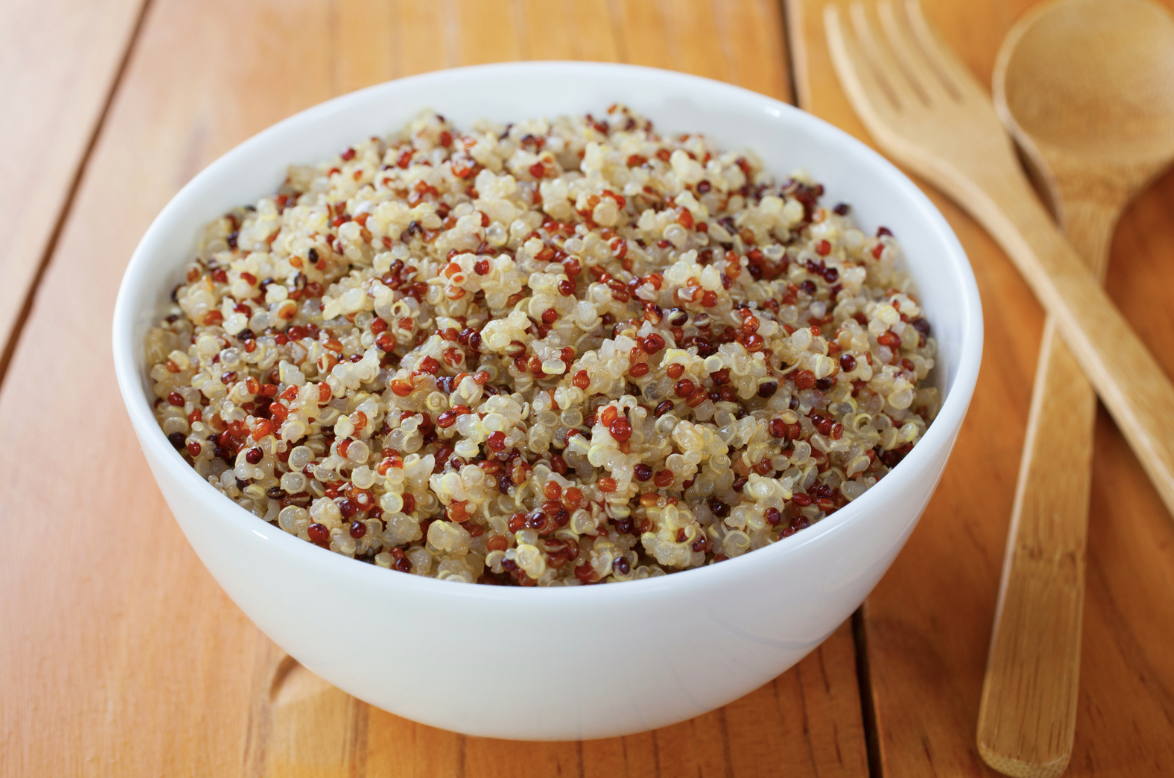
If You Liked This Post, You Don't Want to Miss These!



